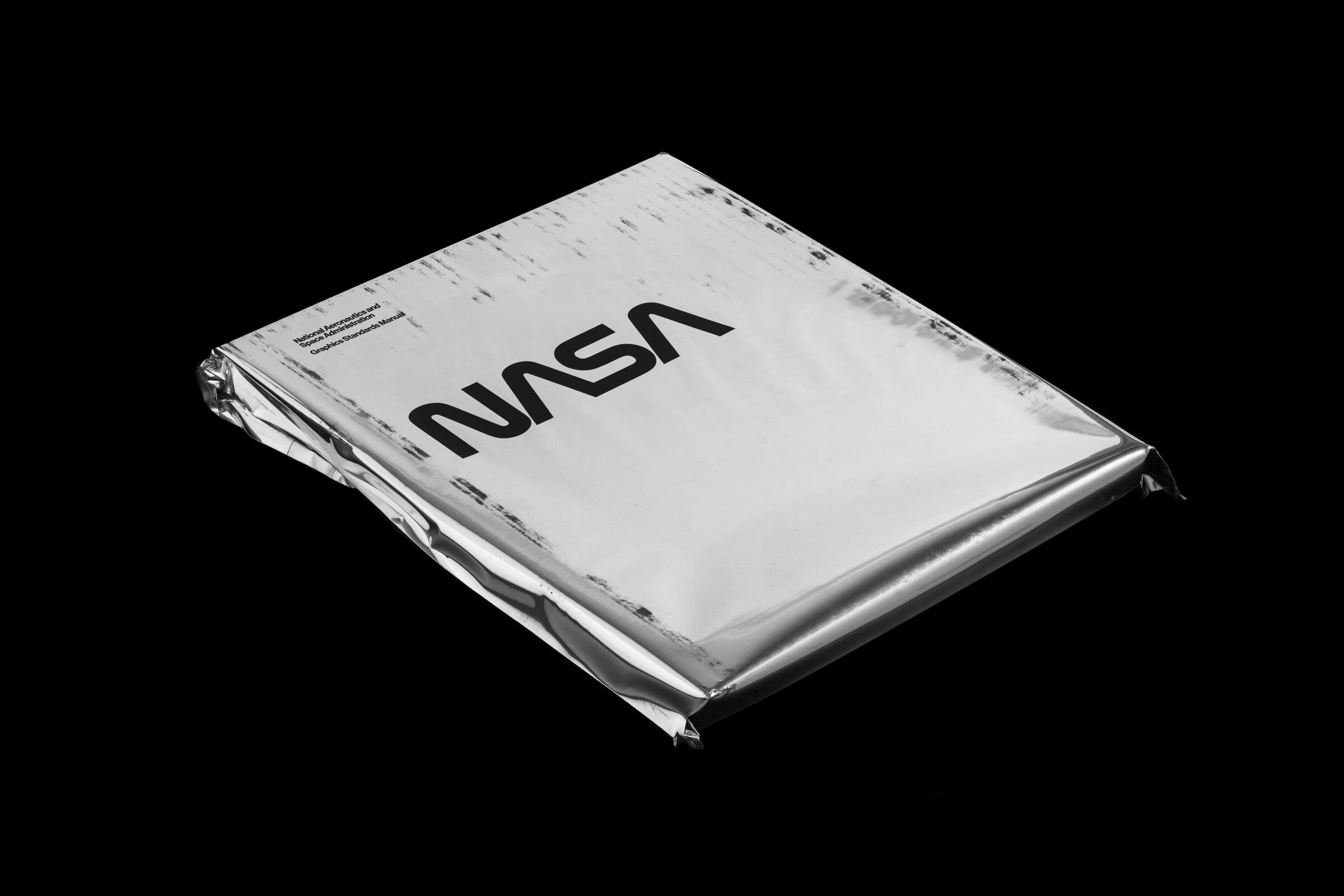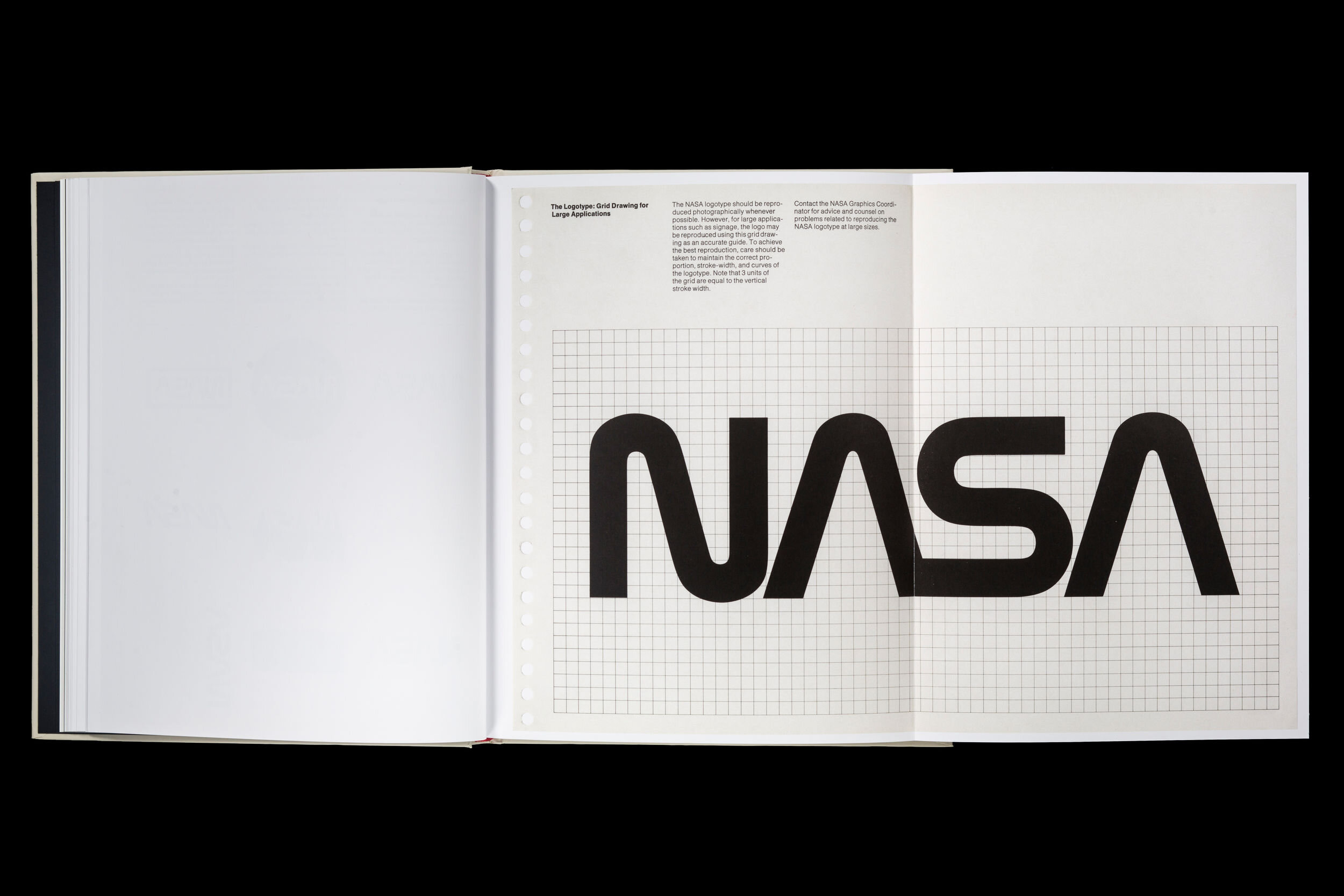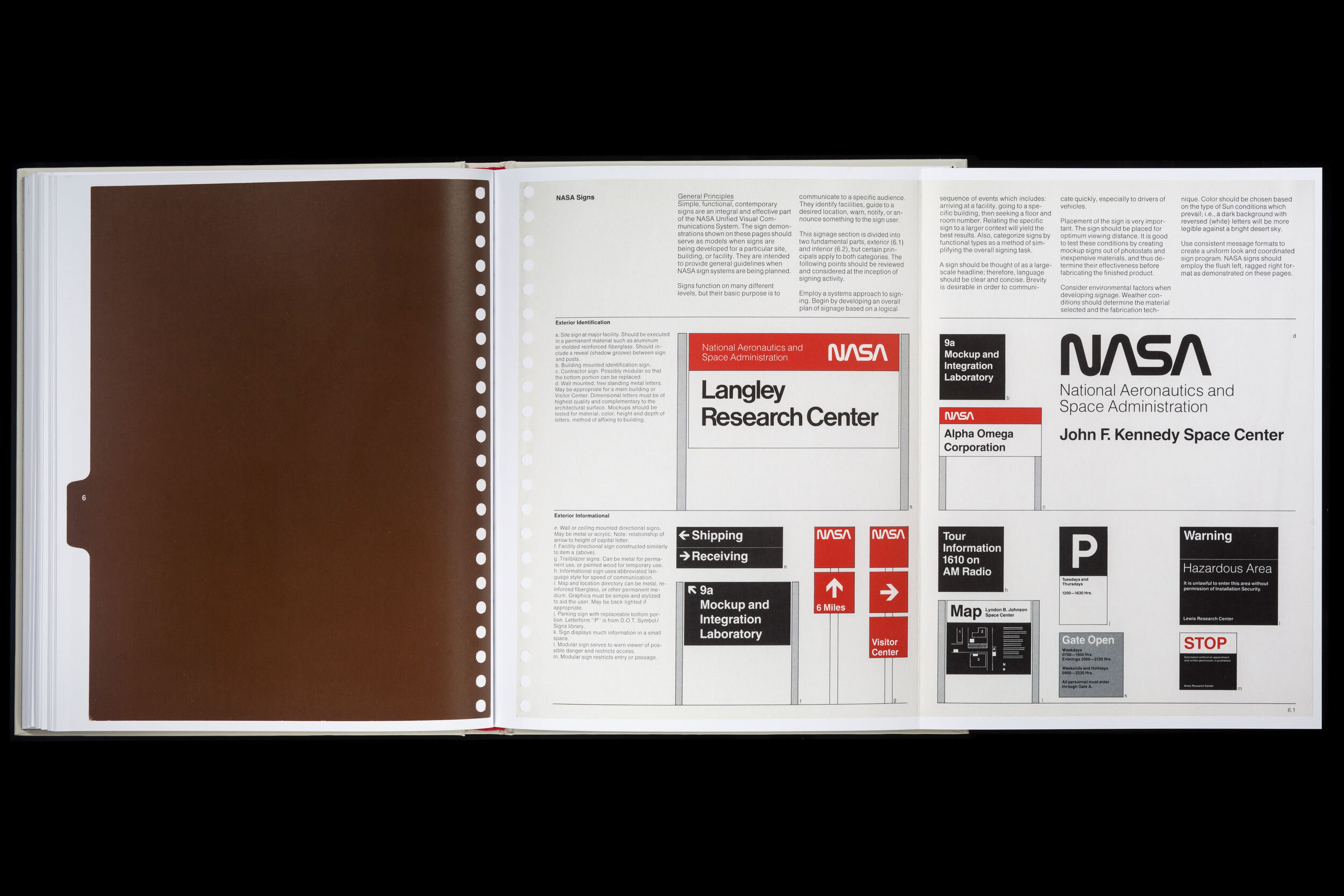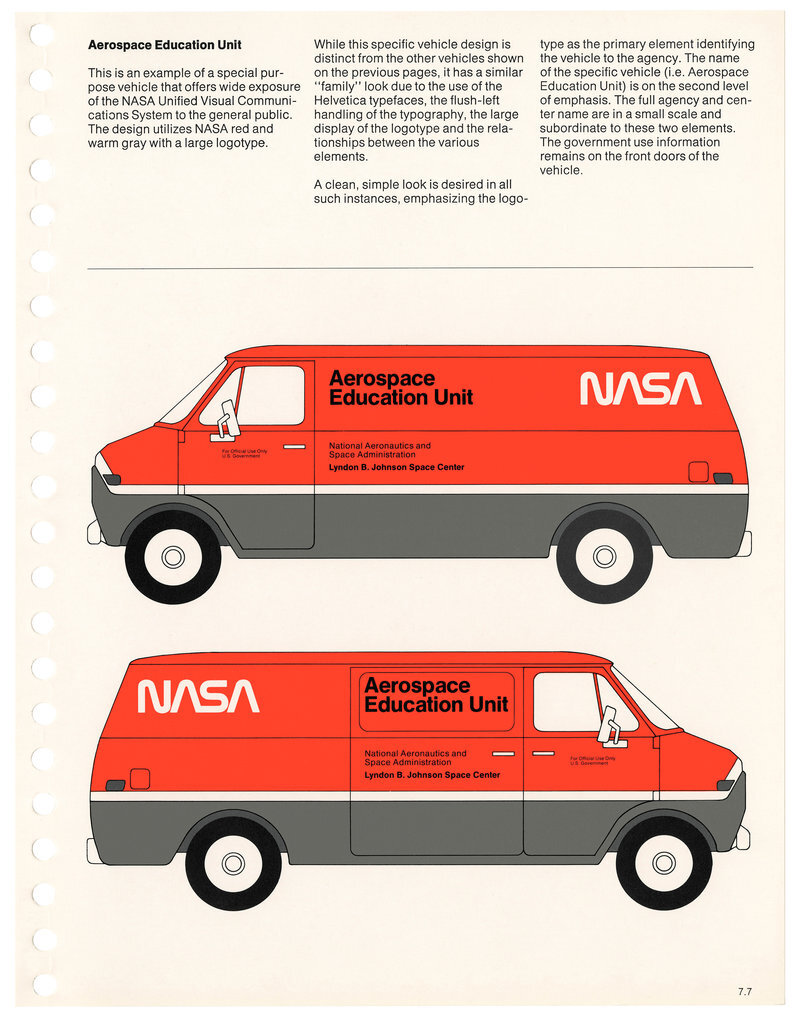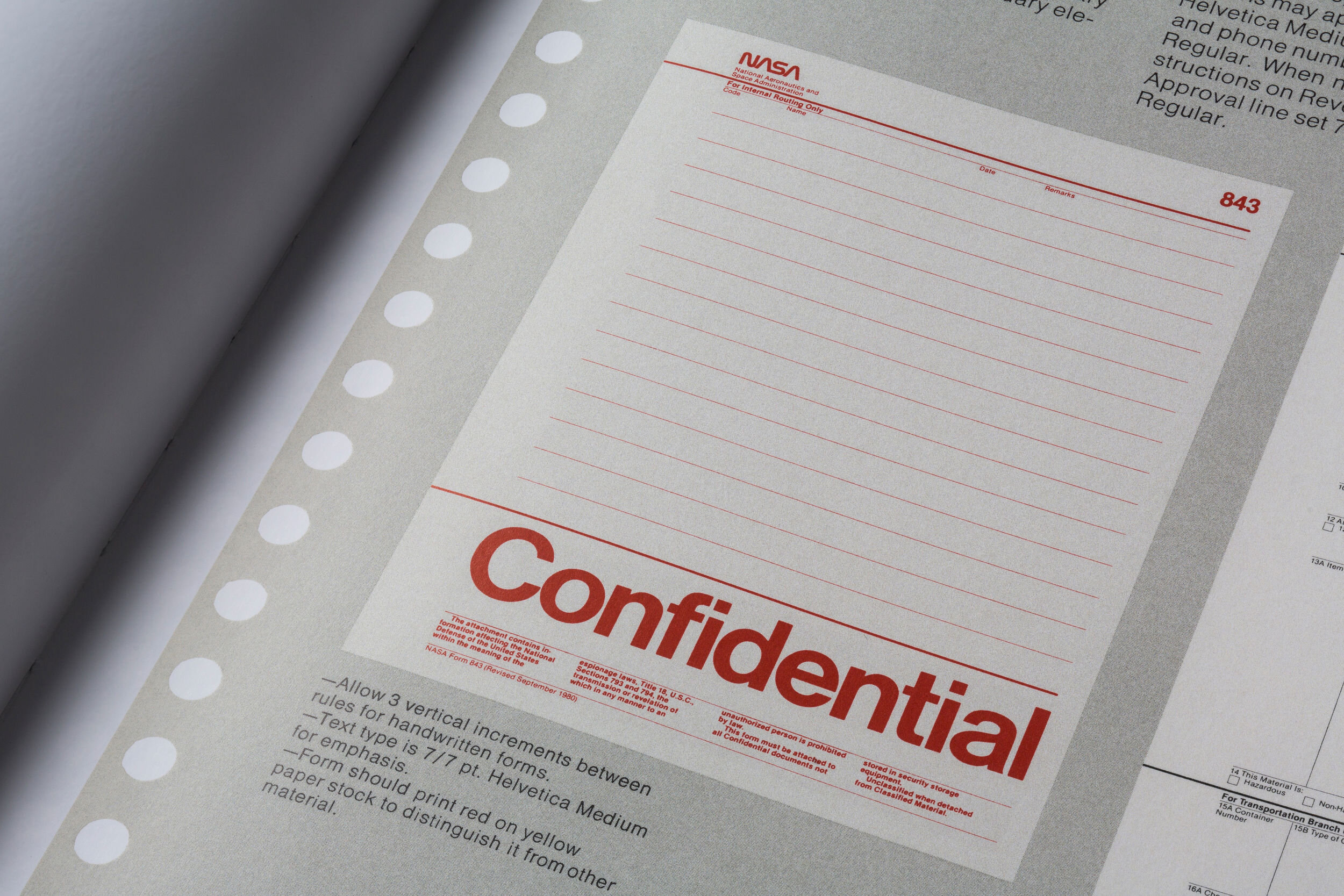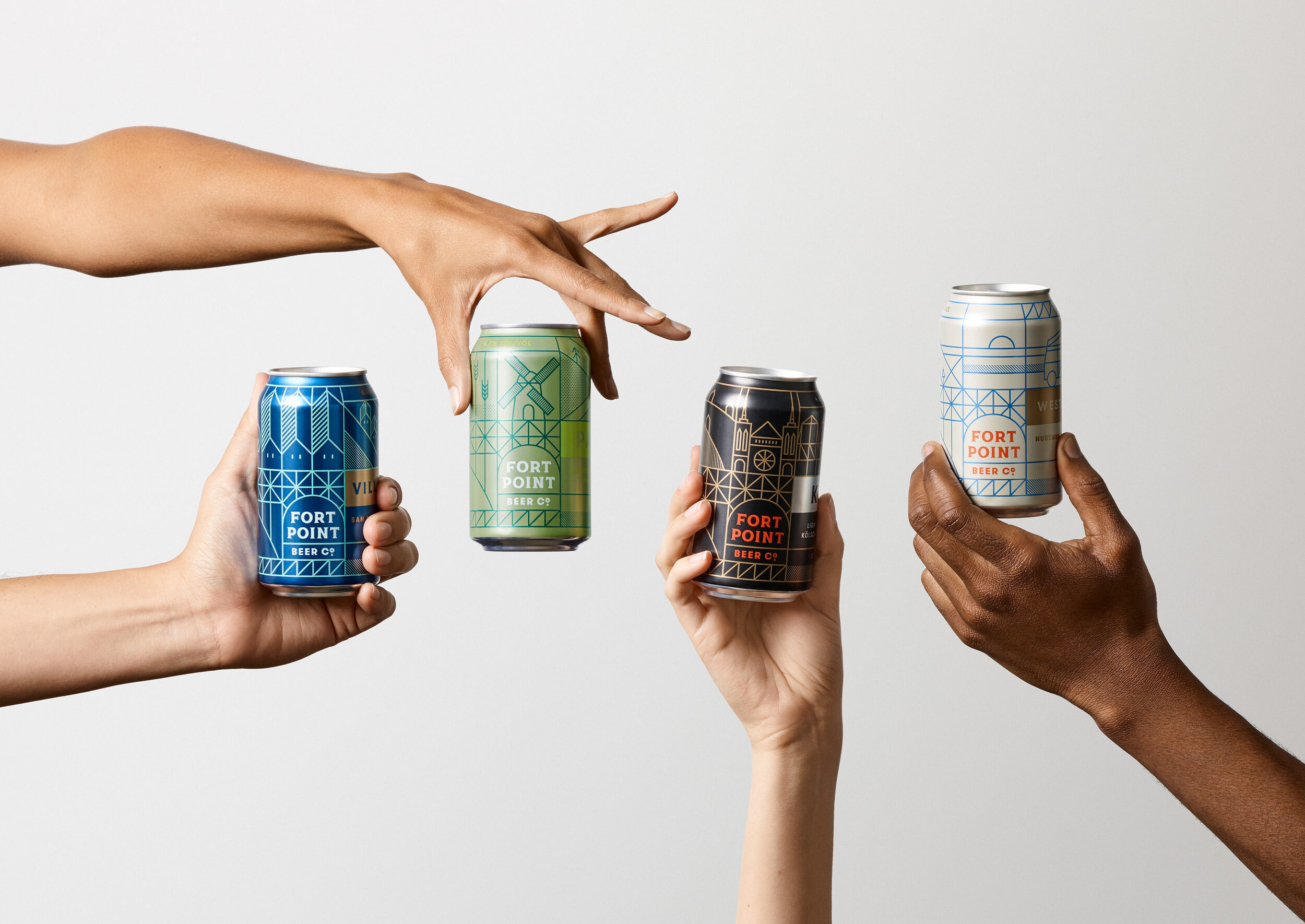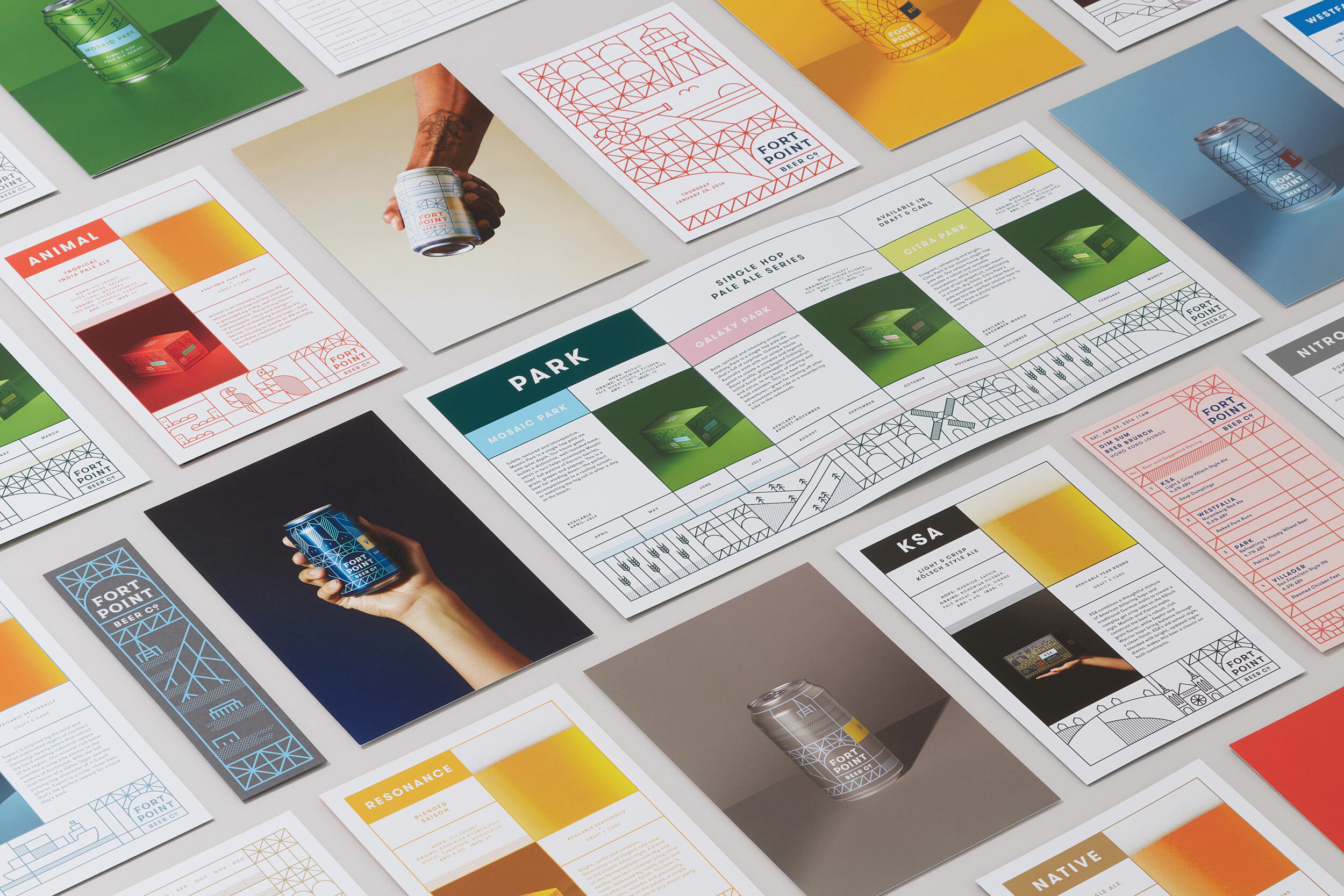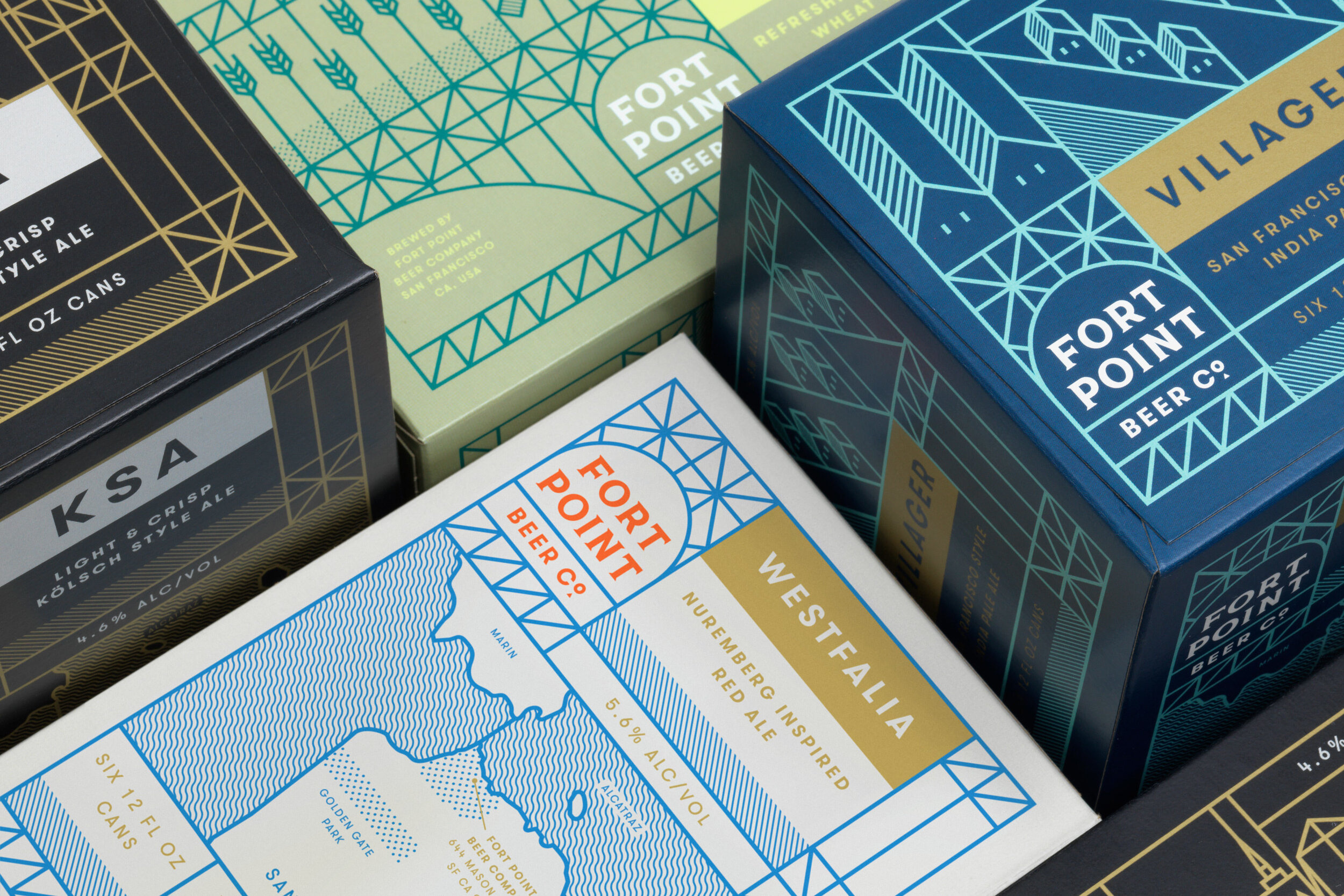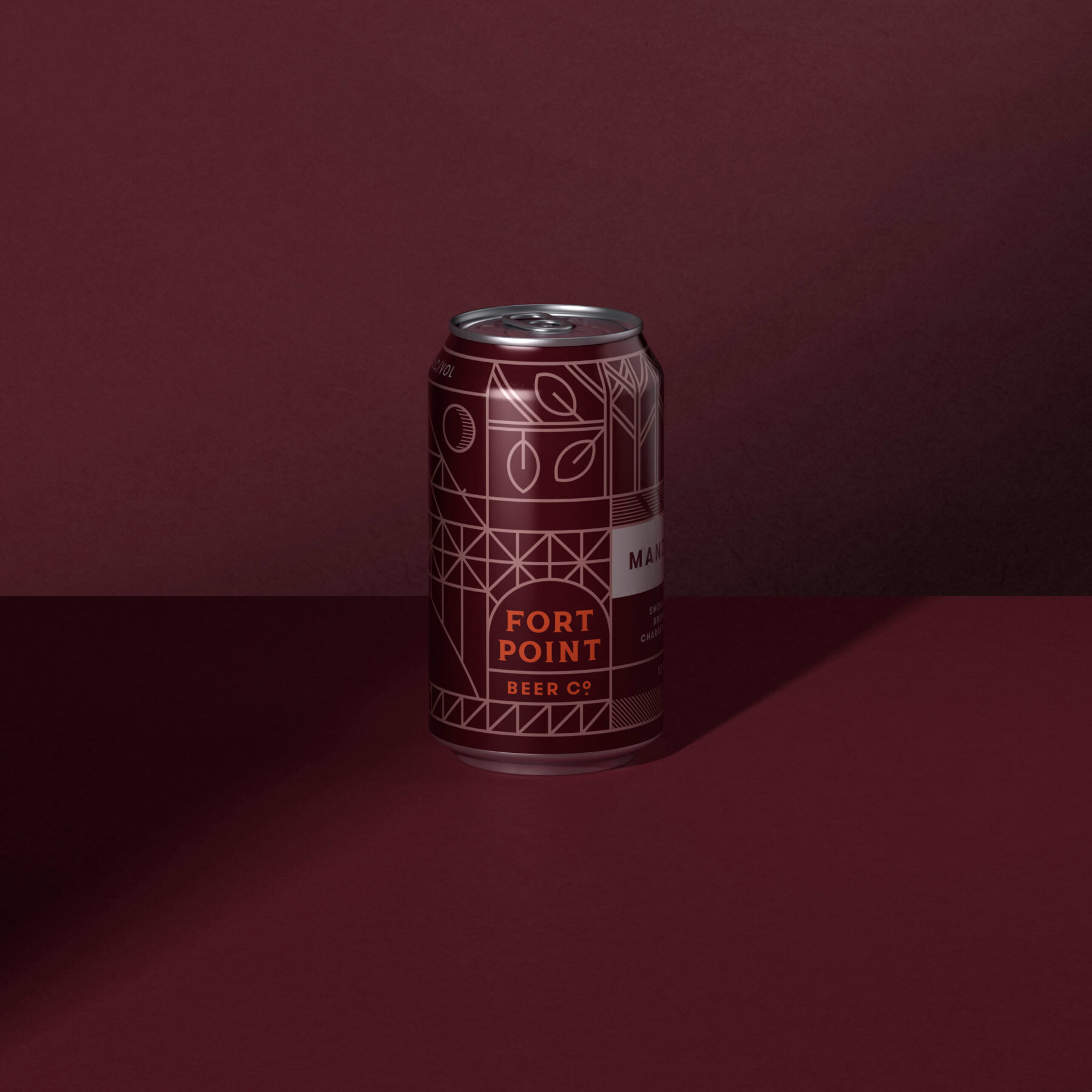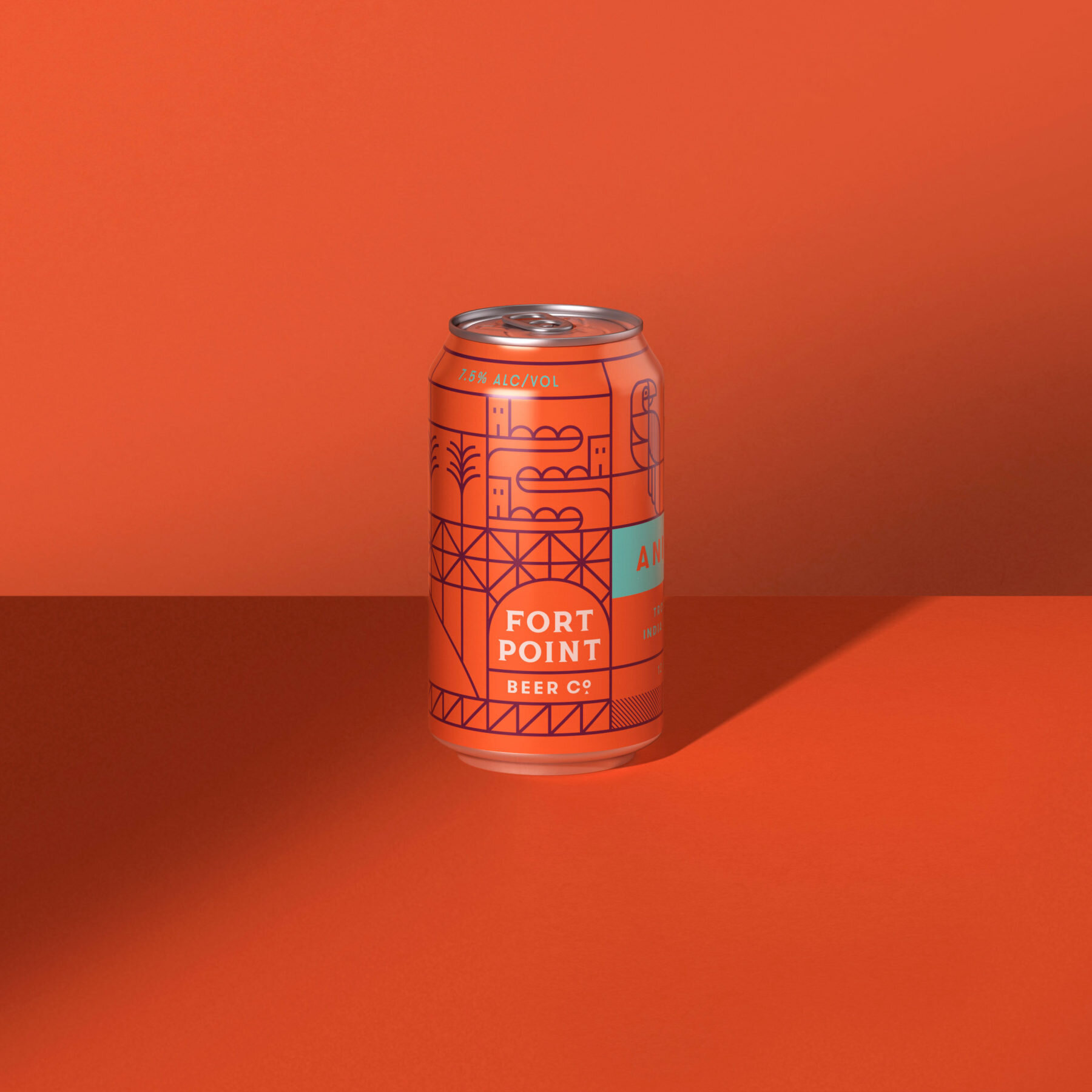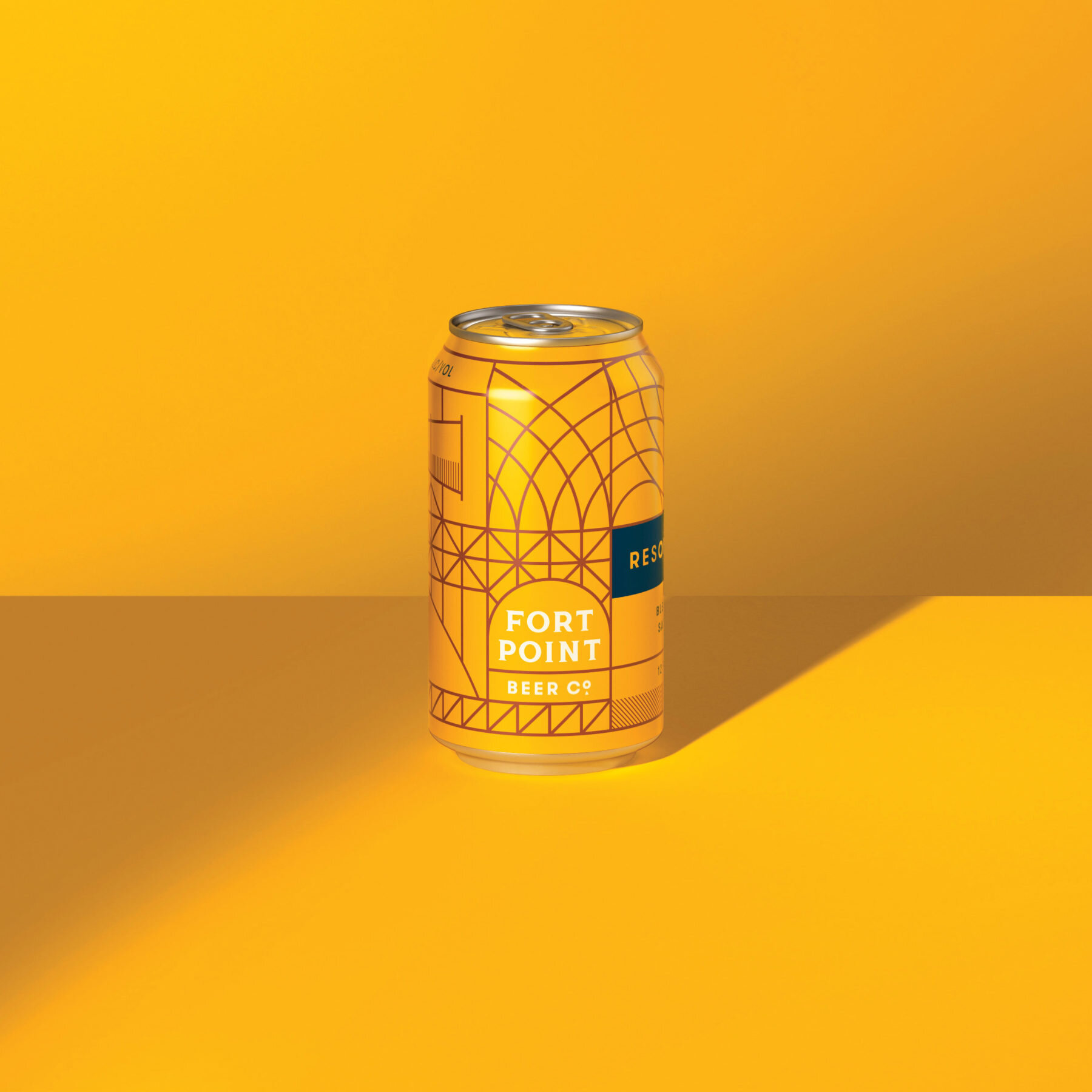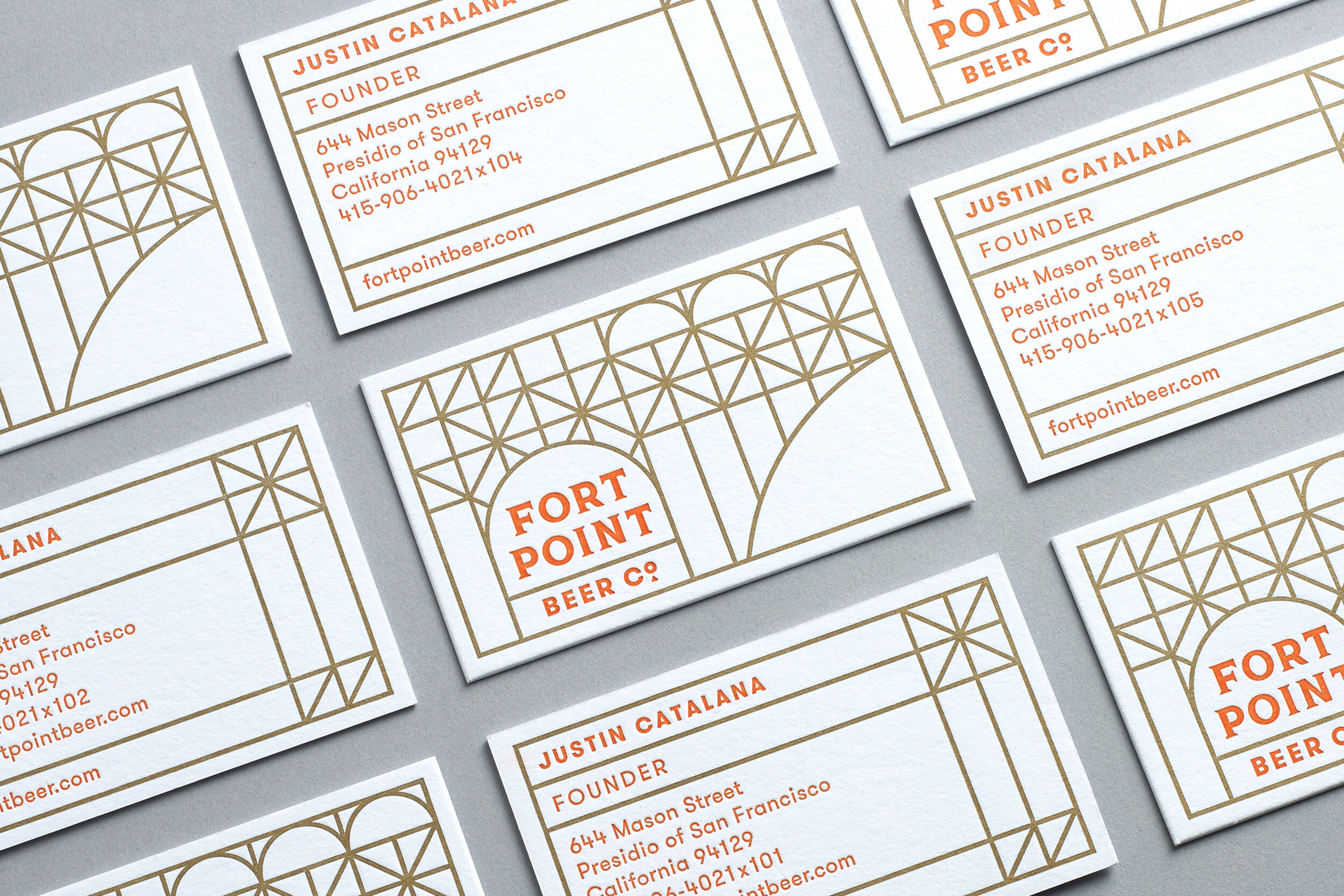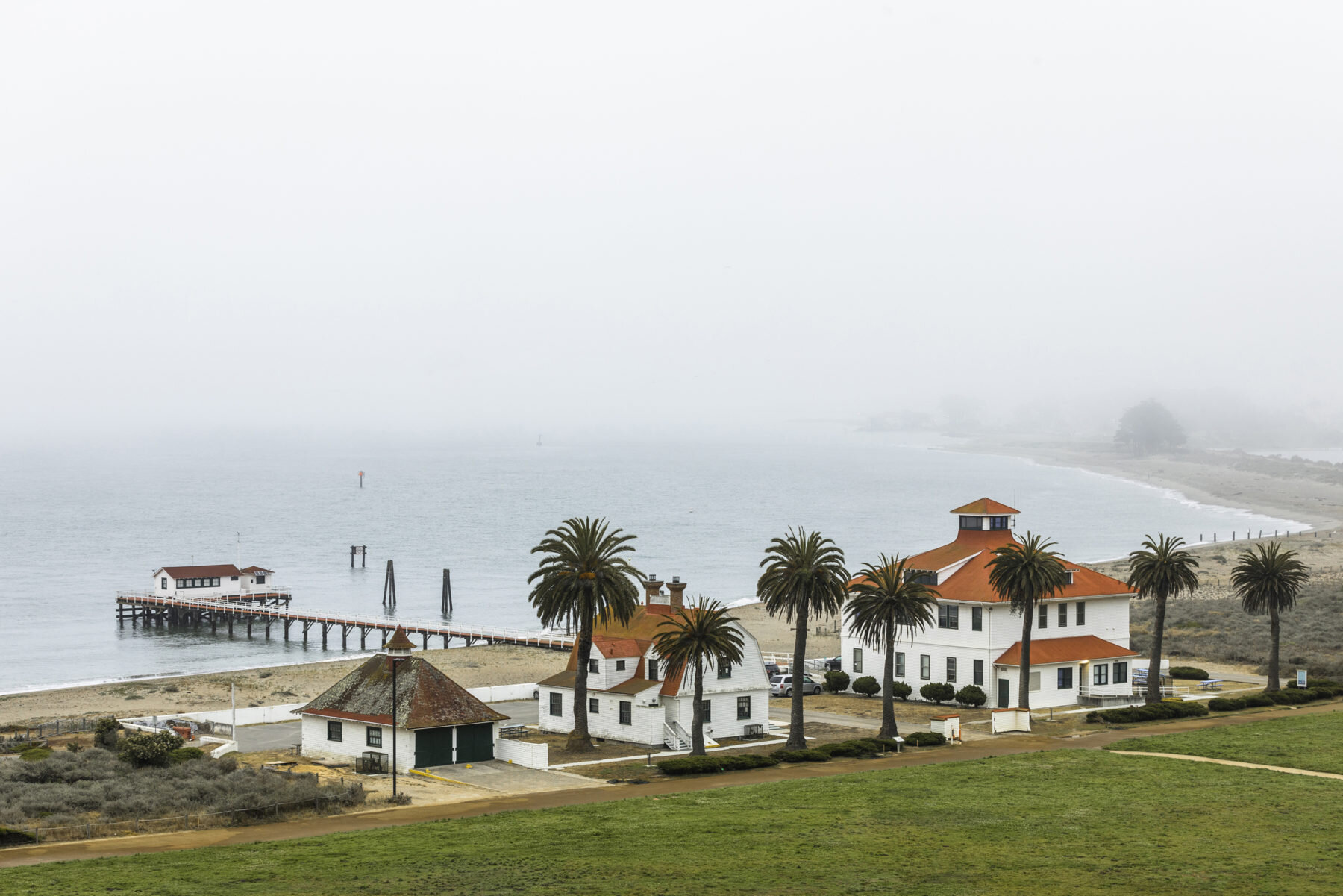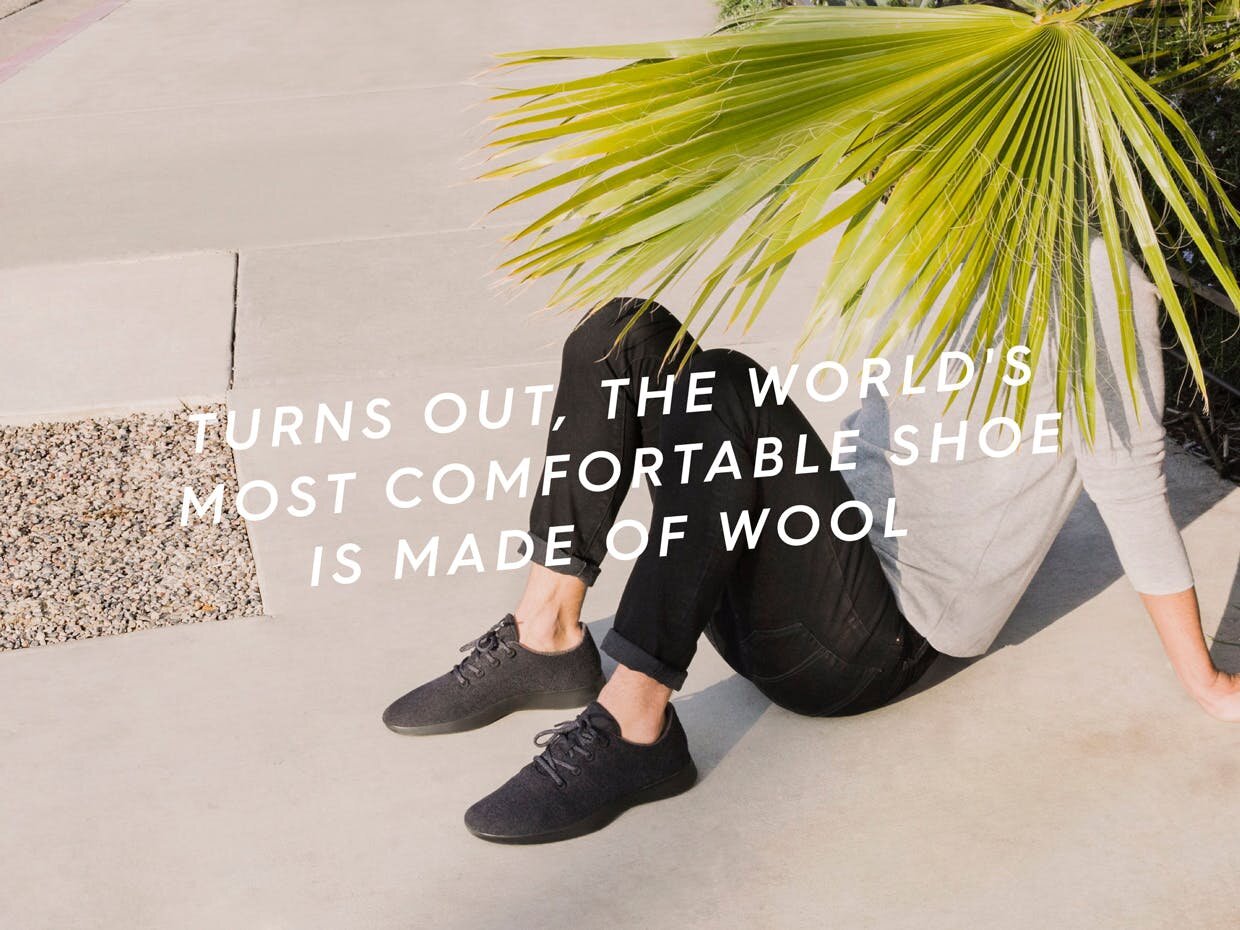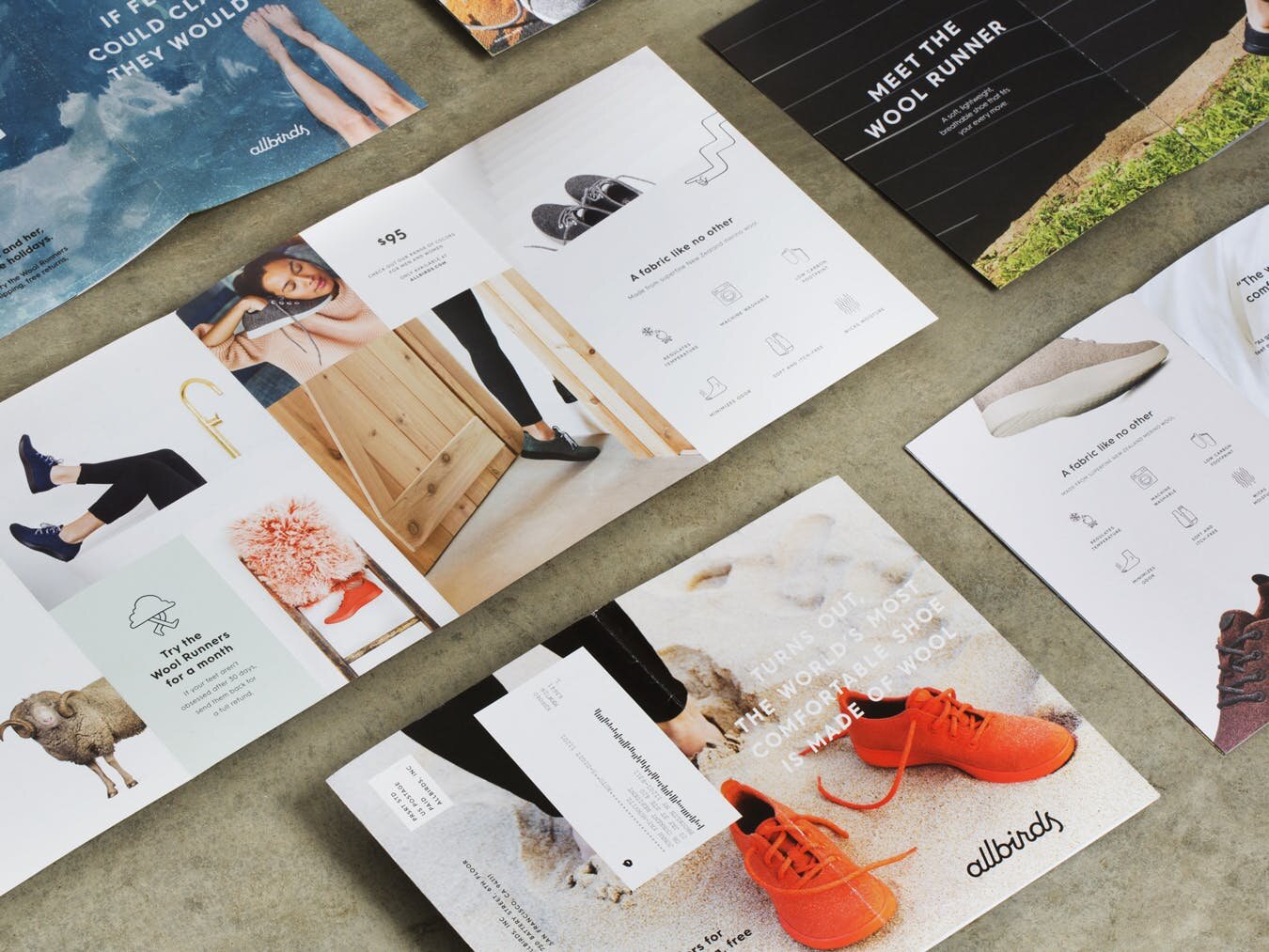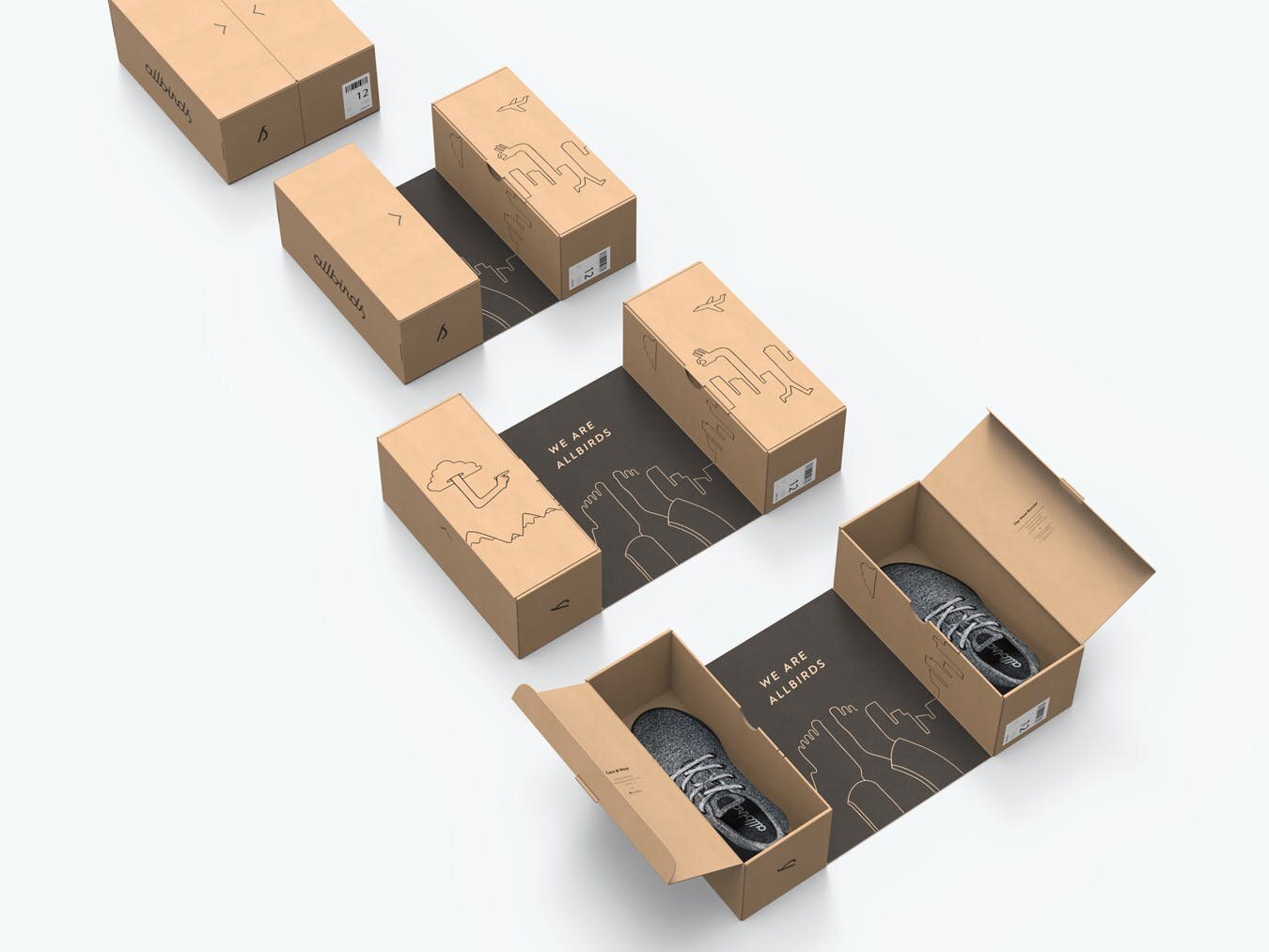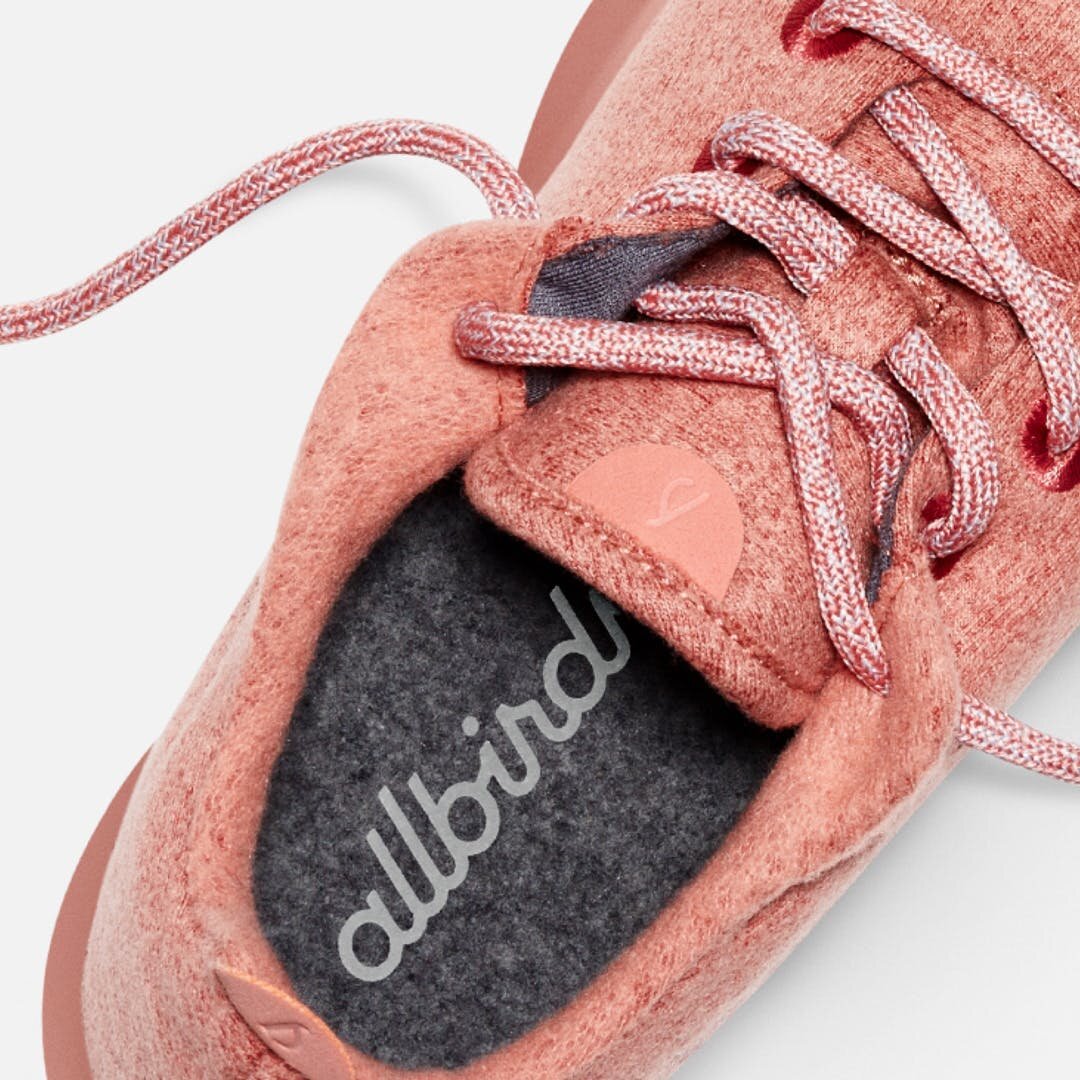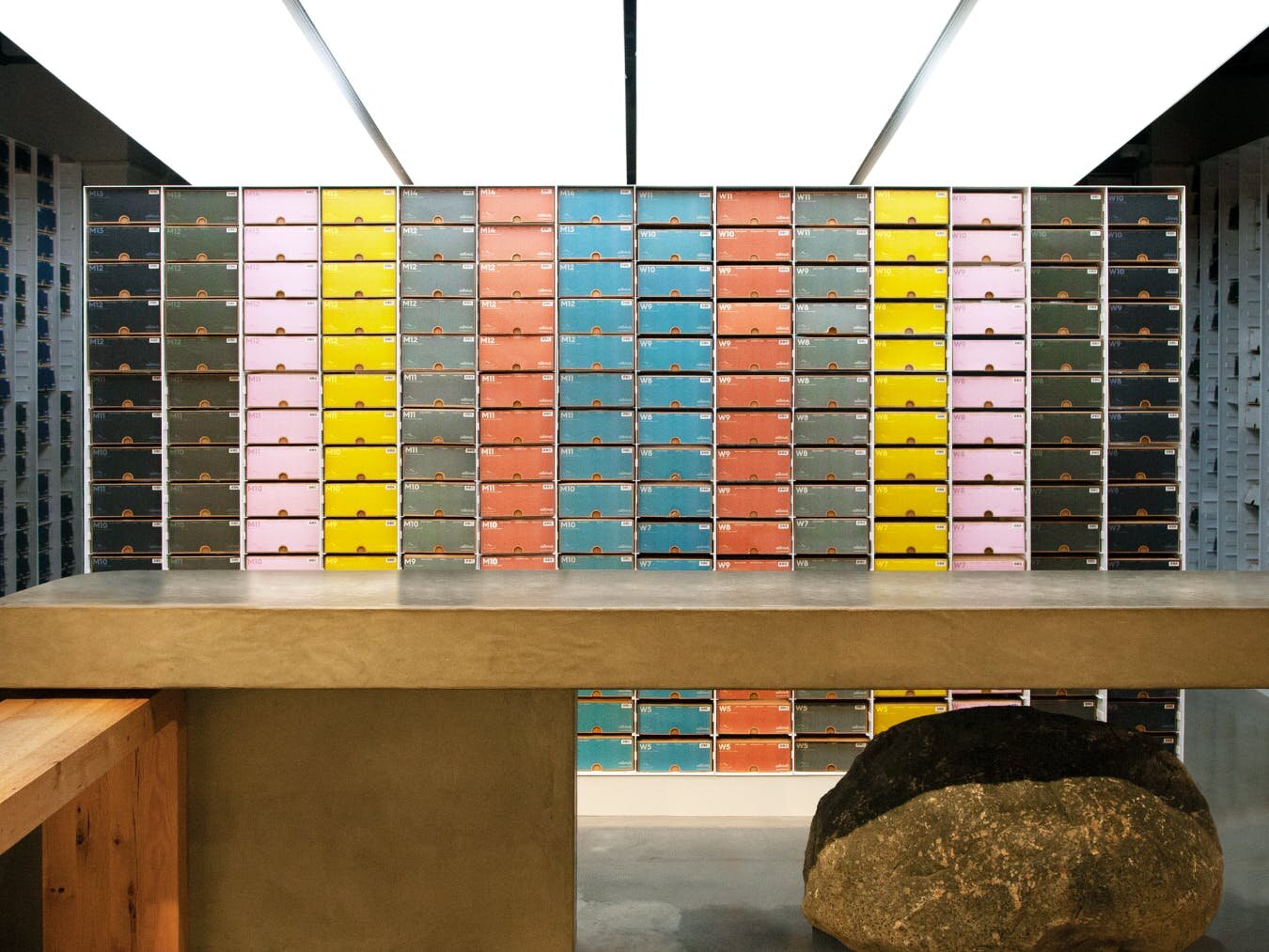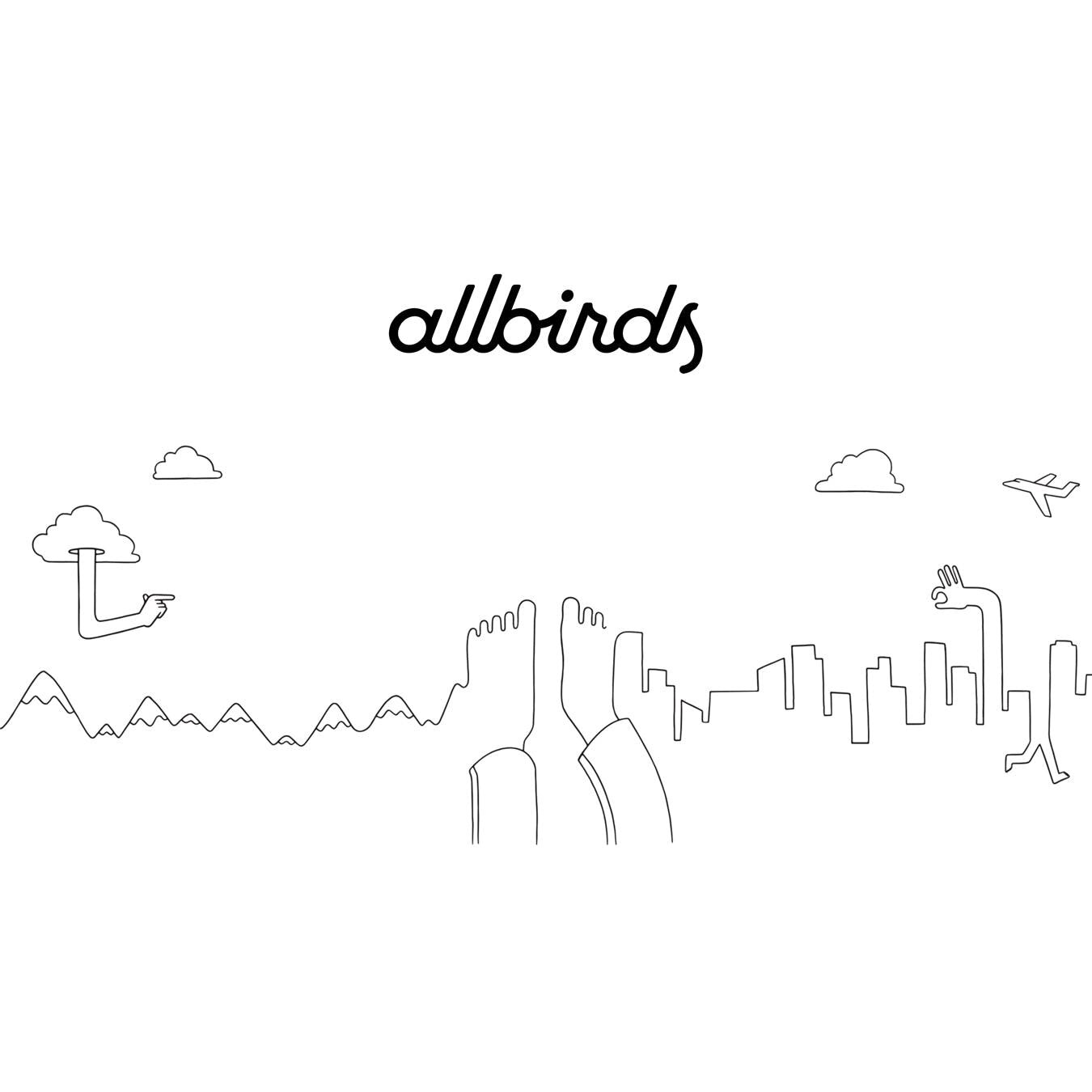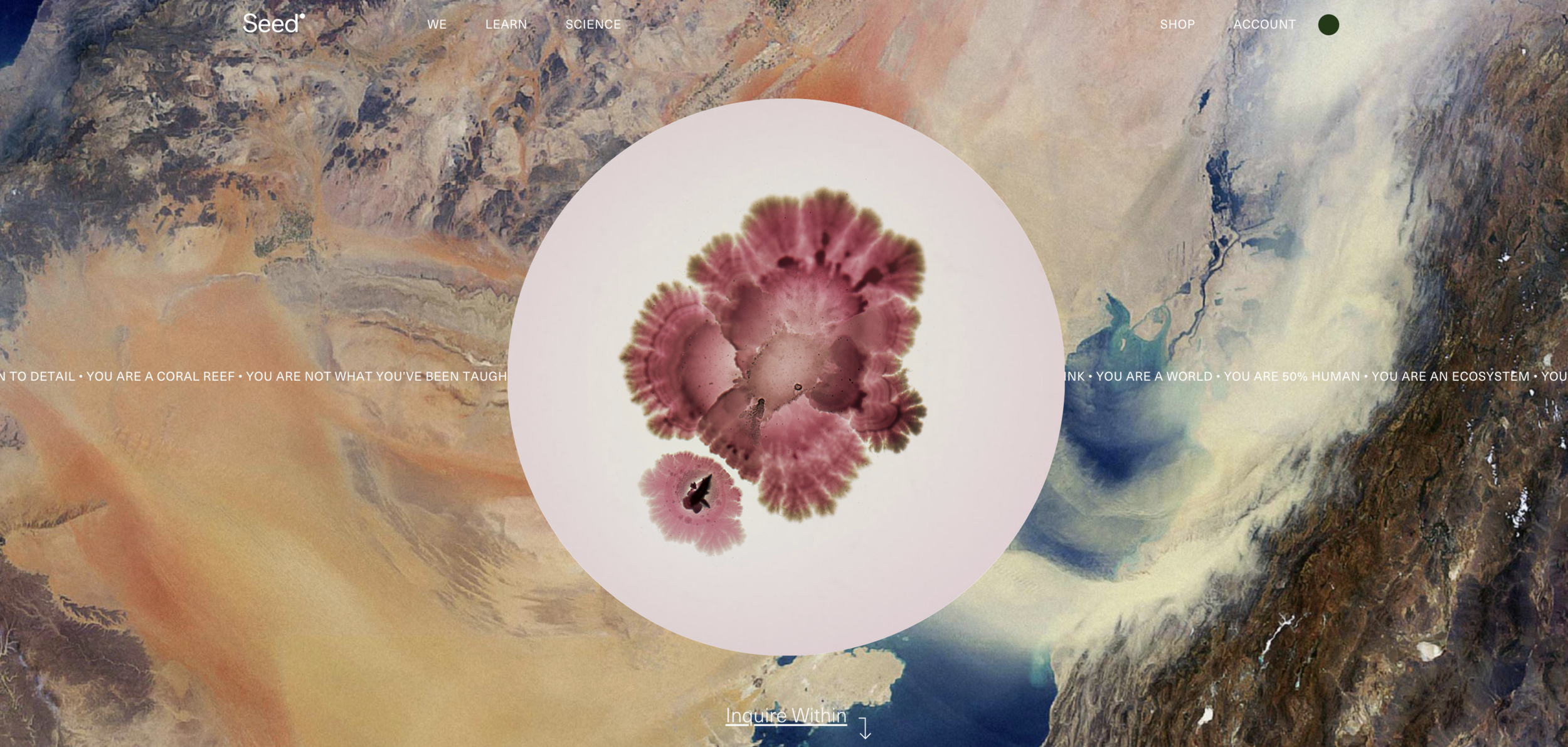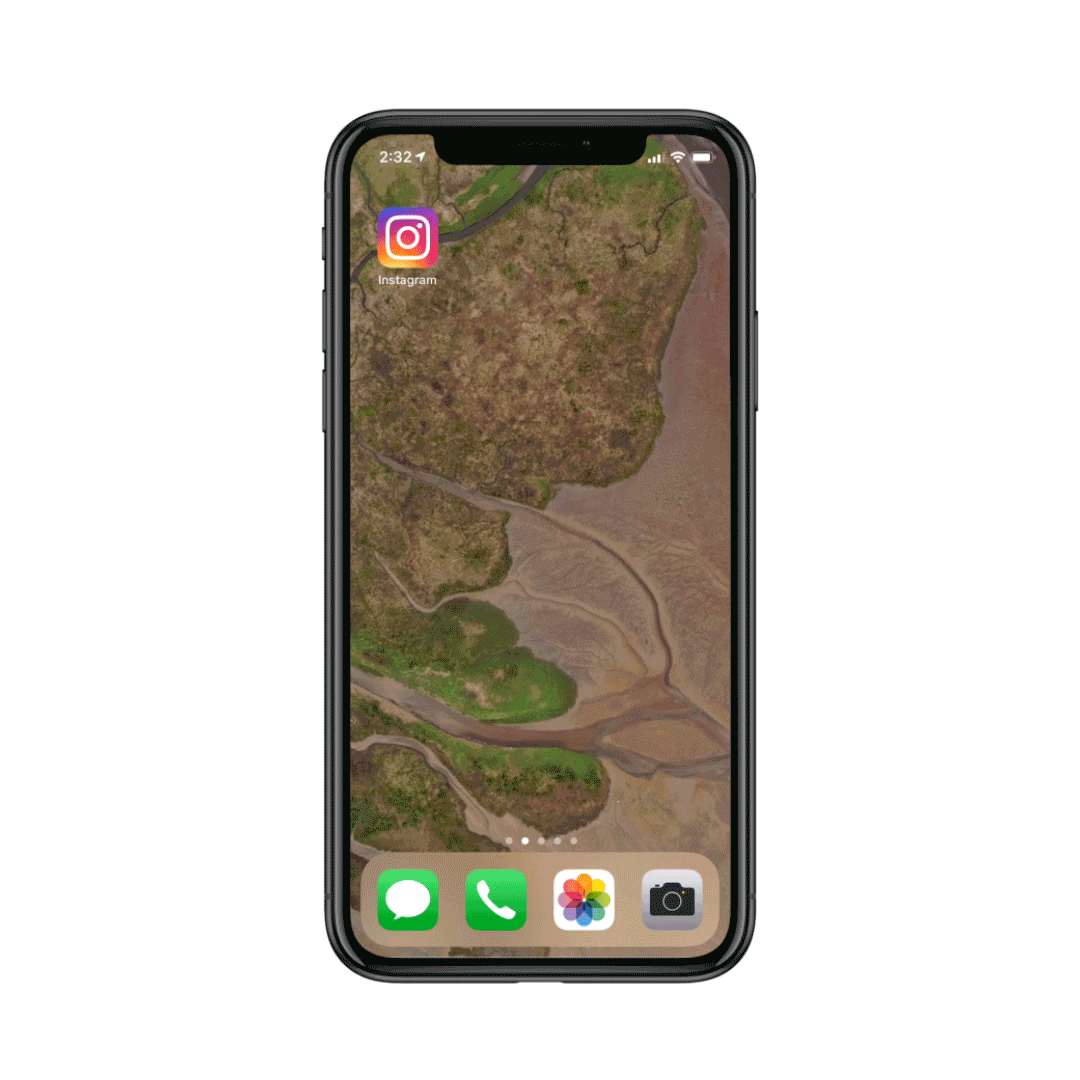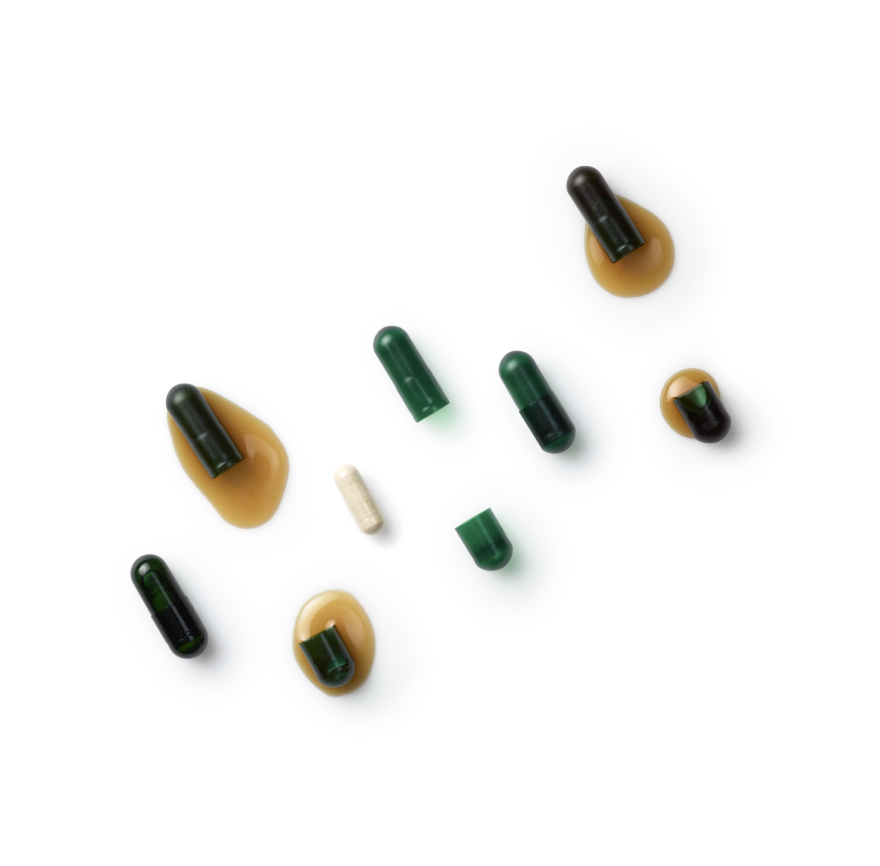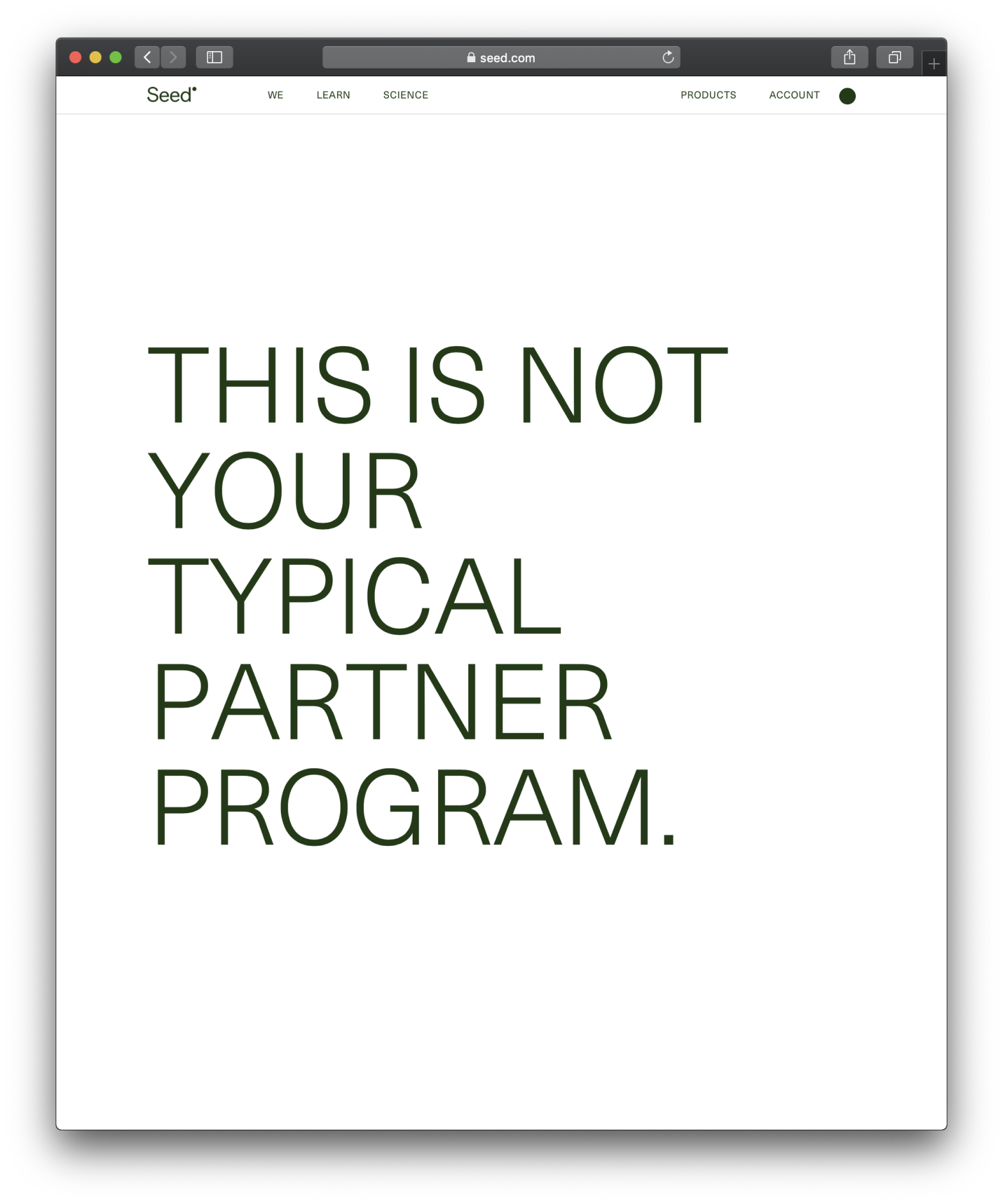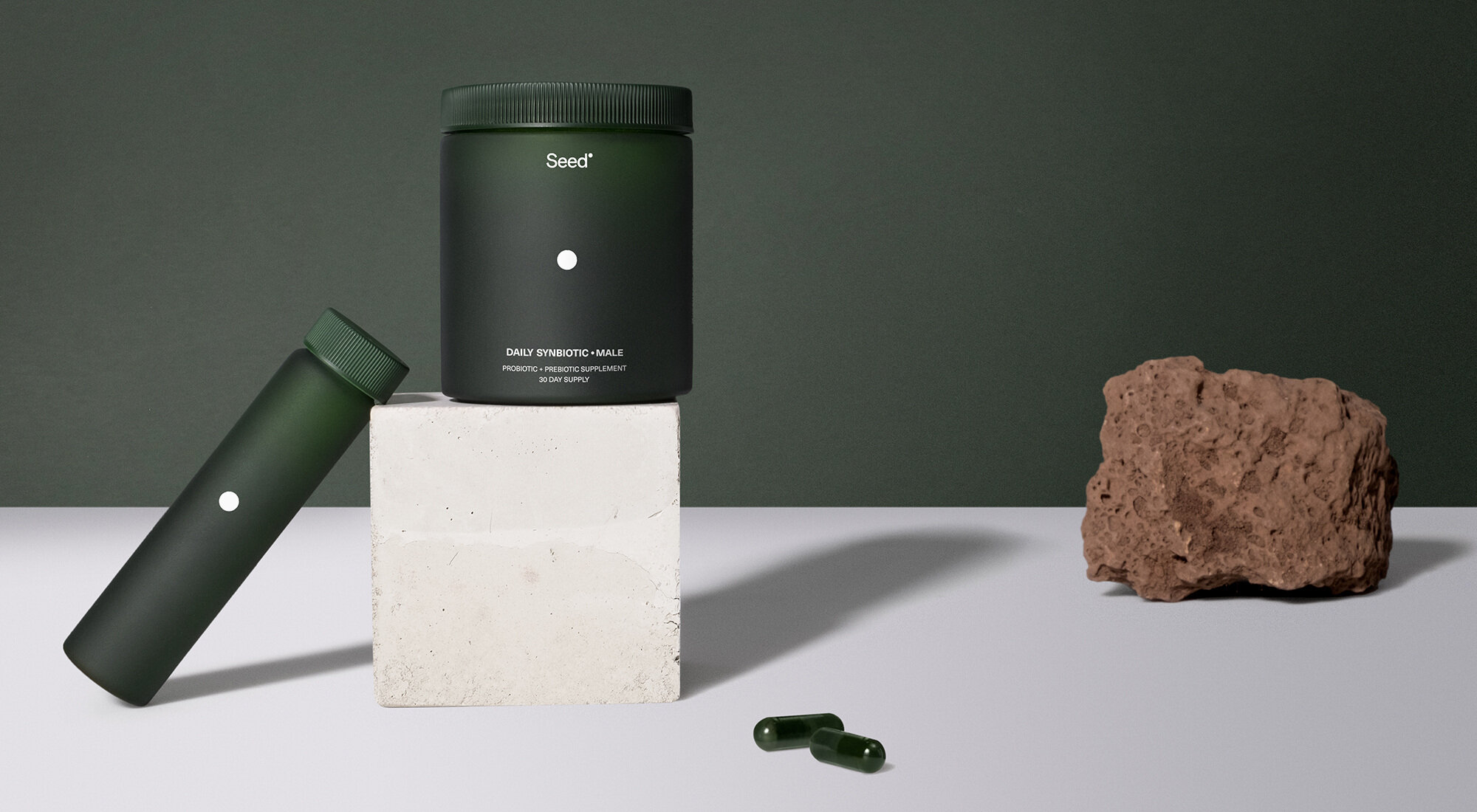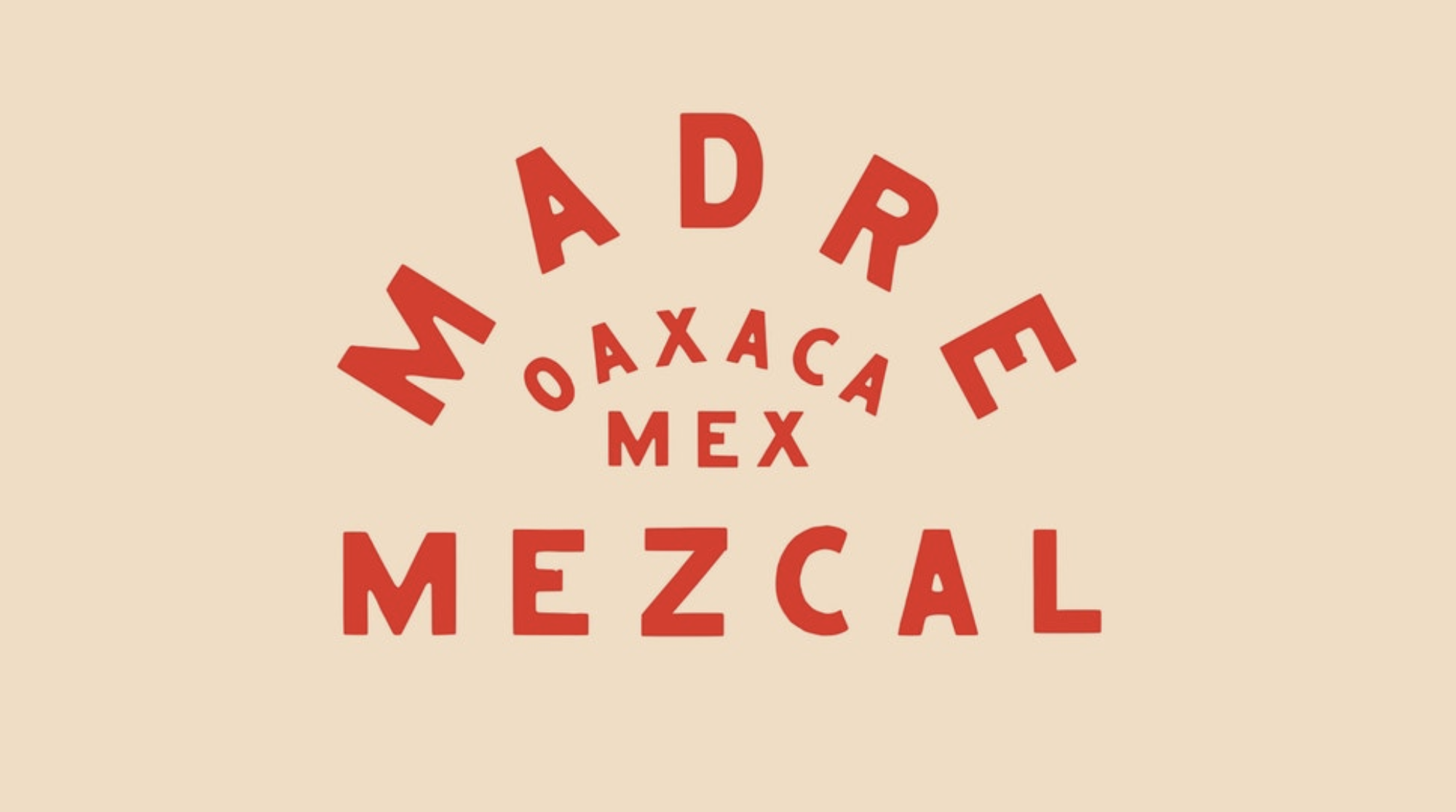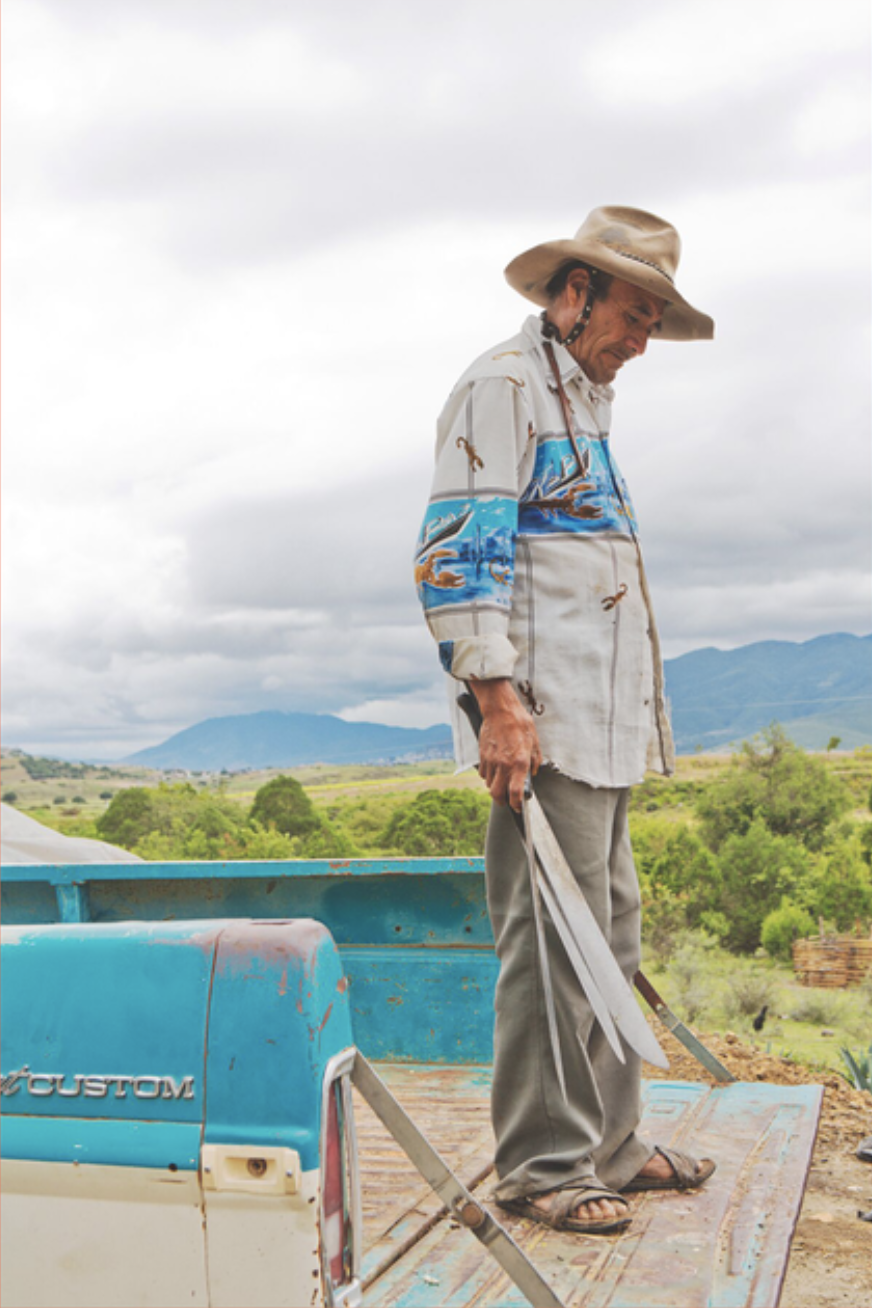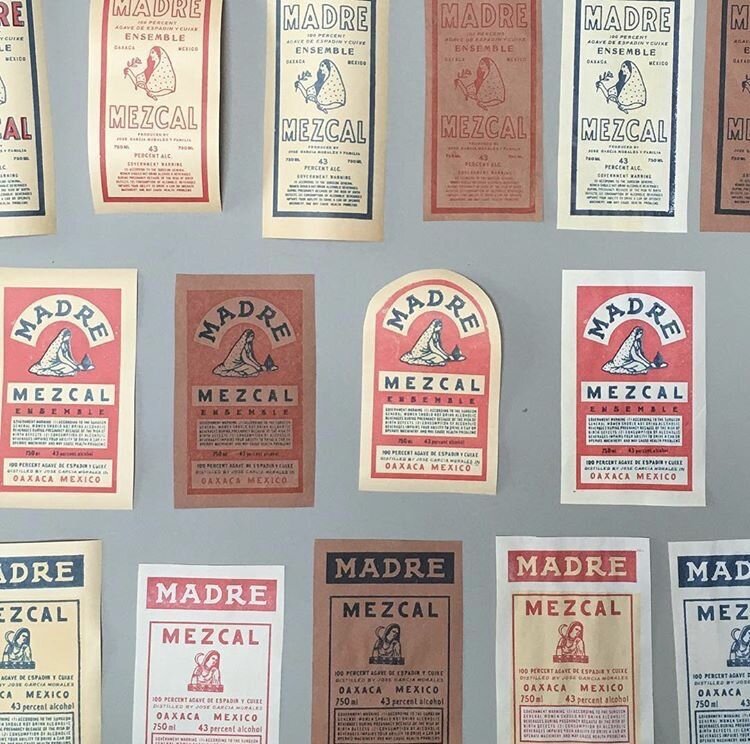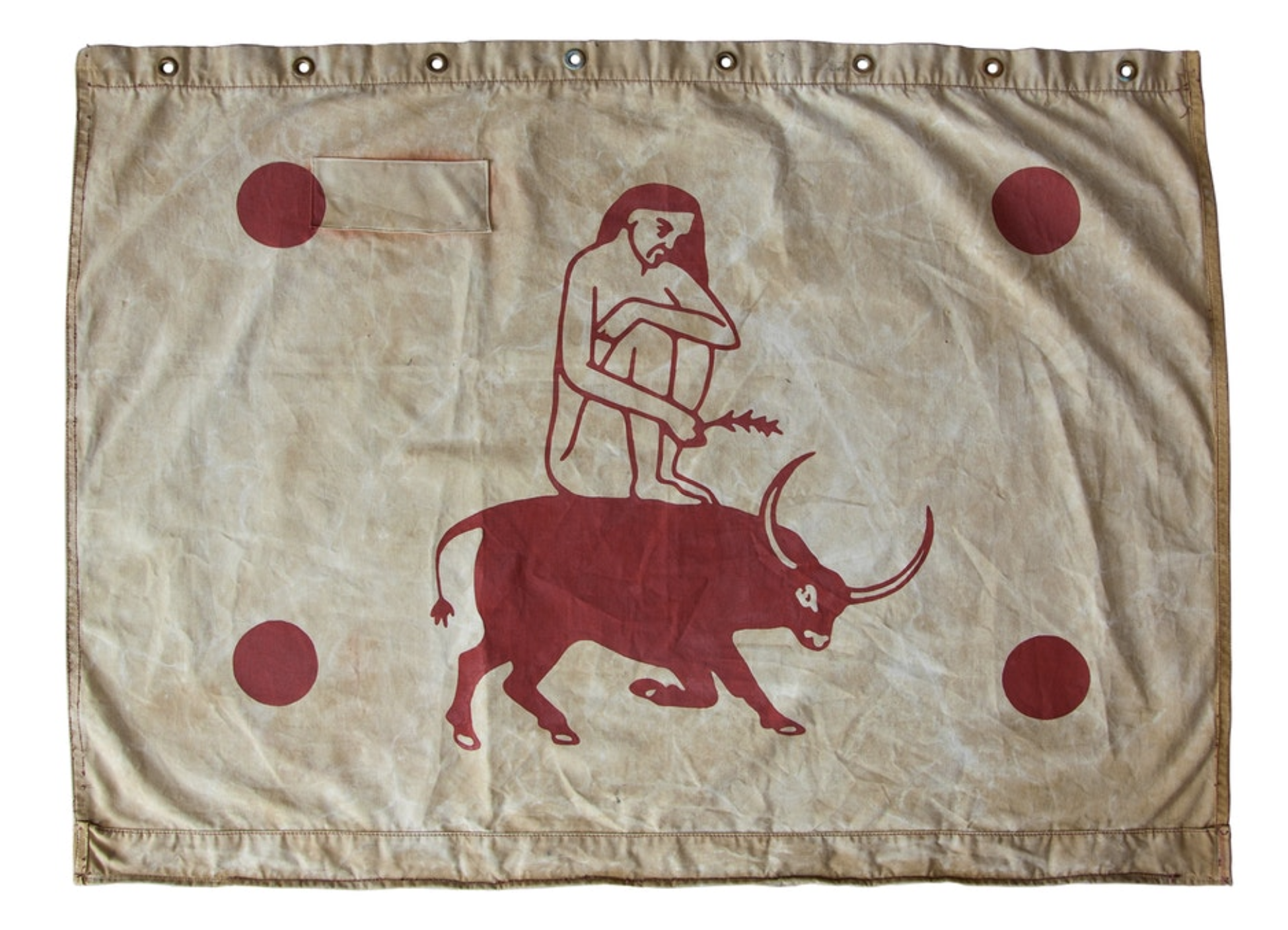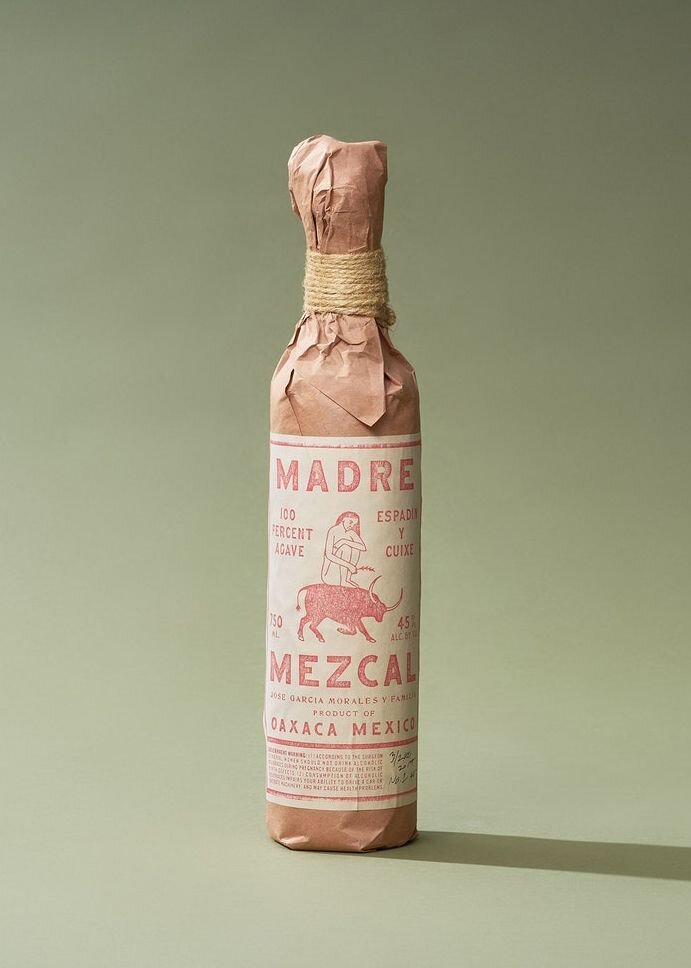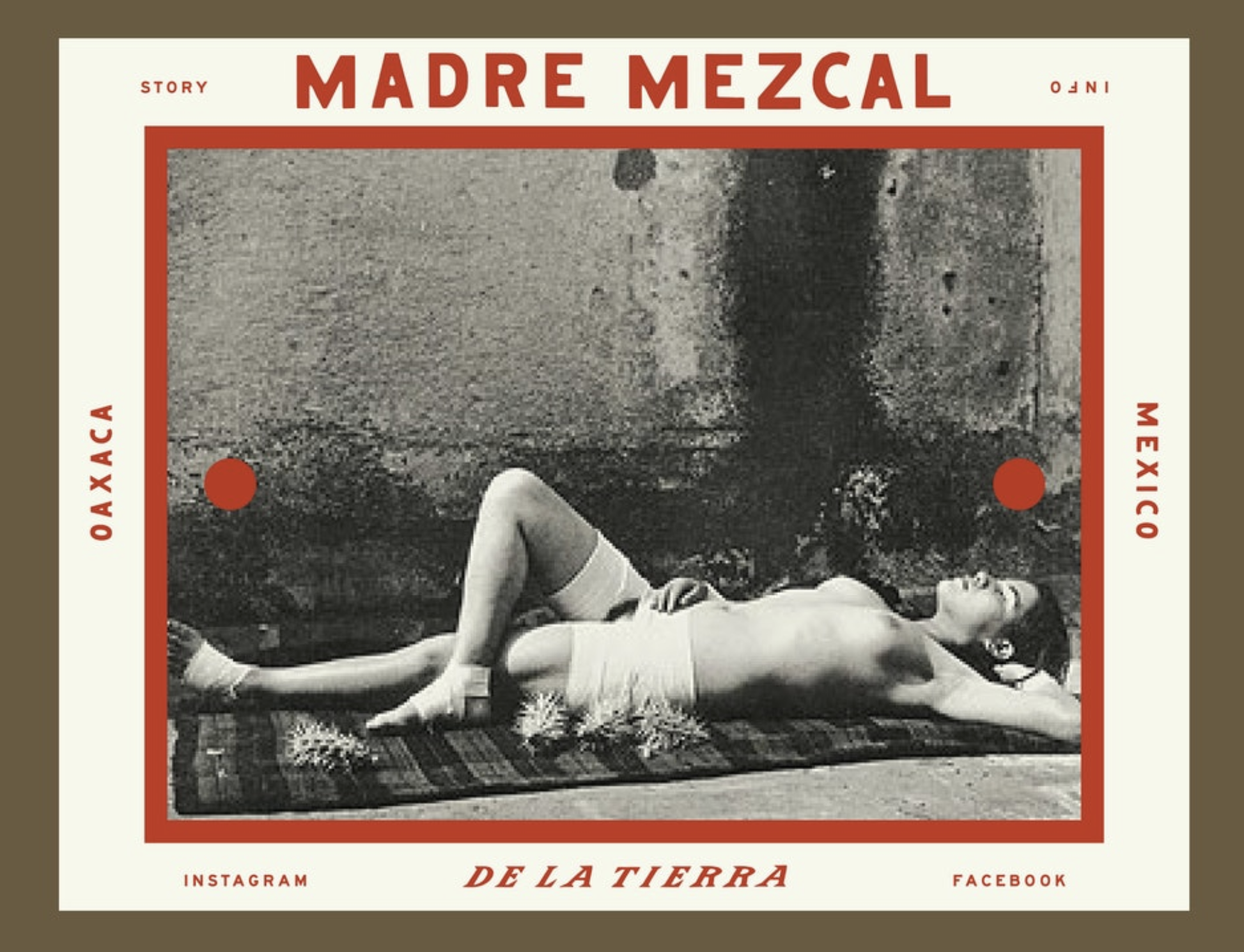Recently, my team and I were fortunate enough to celebrate our agency’s first anniversary, which was both a huge milestone and a reminder that it wasn’t so long ago that the studio was just an idea in my head. When I first started seriously looking into how to start a design agency, it all felt pretty overwhelming. Of course, I did a lot of research and worked hard, but I also received support and expert advice from a lot of people that I admired, which is why I’m so passionate about paying it forward and helping other aspiring entrepreneurs. I was thrilled to have the opportunity to speak about this very topic at San Francisco Design Week in a session called “Building an Agency From the Ground Up”.
While we already published a summary of the presentation on the blog, I also wanted to take the time to address all of the excellent questions we received at the end of the session. Here’s what attendees wanted to know, and my responses. I hope you find it helpful for your own ventures!
Q: At what point did you start hiring full-time employees vs. contract employees, and how much of your time is spent recruiting?
A: Right now, we have three full-time employees on our team: myself, another designer and a copywriter. The designer and copywriter both started out as subcontractors, but after we got into a flow and I could tell we all worked well together — about six months in — I hired them on as full-time employees.
Recruiting ebbs and flows depending on how much work we have coming in. When we get an influx of clients, we need to hire subcontractors. It takes a decent amount of time to find qualified people who are professional and a good fit — I would say about 20% of my time during those busy periods is spent recruiting. One thing I’ve done to help streamline the process is keep a running list of all the freelancers I’ve worked with in the past, so I know who to call on and how to reach them.
Q: What was the startup cost for your business? How much money should I start with or borrow from the bank?
A: The exact dollar amount is really going to fluctuate from business to business, but I recommend saving at least five months’ worth of expenses as well as any initial investments you need to make, like purchasing equipment, for that beginning period where you’re not sure how much work will be coming in. For us, it took about six months before we really found our rhythm, since we had to come up with our proposals from scratch.
Q: How did you decide between branding the business vs. being the individual name/face of the agency?
A: I decided to be the face of the company for my studio, Anastasia Salazar Ltd., because starting my agency was a direct transition from me working as a freelancer. I was also inspired by some of the designers I looked up to, like Louise Fili and Jessica Hische, who were the namesakes behind their own agencies. Note that if you’re going to name your agency after yourself, you’ll have to add an abbreviation — like Ltd. or LLC — after your name, depending on which business structure you’ve chosen.
Q: When a client asks how much something will cost and is just looking for a quick number, what do you say? Similarly, how do you negotiate with a client?
A: Arriving at a price can be tough, because it’s always a game of “Who says the first number?” Clients don’t want to state their exact budget for fear of being overcharged, and agencies don’t want to state an exact price for fear of lowballing themselves. When I’m in this situation, I don’t give clients a straight-up cost. I tell them that we’ll send over a proposal with an estimate as well as our approach. That estimate includes a range, with a low price for the barebones essentials to a higher price for a more robust offering.
If a client comes back and says that’s still out of their budget, I usually offer a price for services with a smaller scope than they originally proposed. For example, when clients can’t afford a full brand identity designed by our team, we can offer consulting services while they design in-house. I like this strategy because it leaves room for discussion with clients who have a lower budget rather than writing them off entirely.
Q: How do you manage long-term partnerships vs. per-project deals? Do you offer discounts for a larger contract, or something similar?
A: I’ve thought about offering discounts before, but it just always seemed a little bit too sales-y for me. Instead, what we do is keep an eye out for how we could add extra value to projects for long-term clients. For instance, we just wrapped up a project where we were initially scoped to just work on a deck, but we noticed they needed icons and photography so we offered to design an icon set and direct a photo session for them. Always keep an eye out for things your client needs, because the contacts you’re interacting with often aren’t creative professionals.
Q: How do you analyze the impact of your client project once you deliver the work?
A: It’s important to reach out to clients if you want to know the impact of your project, because you almost never have access to their data and the client is probably not going to reach out proactively with that information. What we do is check in with our clients shortly after the work is delivered: ask them how things are going, how implementation of the design went, if they have any questions — this is when you have the opportunity to ask how things are performing. Beyond that, it’s a good way to keep in touch with your clients and keep your agency top-of-mind for them.
We also pull together an internal report at the end of every project that measures things like total number of hours (billable and non-billable), how much work was done by subcontractors vs. employees, gross profit, net profit, etc. to help us determine the ROI.
Q: What makes a killer portfolio for an agency?
A: My best advice here is to highlight the work that you want to get more of. You might have done a lot of different types of projects before, but starting a design agency is the perfect opportunity to specialize in what you like best. Make sure to really show your process, too. Creatives often don’t explain their process because they assume people know what goes into it, but when a lot of your client contacts aren’t creative professionals, they won’t understand how much thought and effort it takes unless you tell them.
For each project you feature, make sure to write a description that outlines the initial need, the solution you came up with, the thinking behind that and how you arrived at the final product. If you’re not a strong copywriter, it’s worth looking into hiring one. A poor description can negate all of the hard work that you’ve done.
Q: How did you find the correct cadence when following up with prospective clients?
A: Initially, I would reach out once, then follow up a week later and send a final follow-up the week after. That wasn’t working as well as I’d hoped, so I talked to some friends who were in sales and they encouraged me to be much more tenacious. They recommended following up two days after I sent the initial message, and then once a week after that anywhere from five to seven times, which has worked much better.
Q: How much time did it take for you to reach your minimum income goal?
A: I think the initial income goal should be your costs plus 30% (to account for taxes) and then doubled. It took us about six months to reach that.
Q: What should you include in a brief?
A: For each brief, I include:
Project name
About/background
Client ask/need
Project vision
Logistics (how many deliverables, and what are their specs?)
Budget
Timeline/schedule
Responsibilities of the team
Q: Have you ever turned a client down because they weren't a good fit, or because you could sense that they didn't value what you do?
A: Absolutely! Sometimes we get emails from people reaching out to us saying something like “We need a brand identity next week for X dollars, can you do it?” and you can tell just from that that they don’t understand how the client/agency relationship works and they won’t be a good fit. They may not even be a serious prospect, and realistically, they aren’t the people in your target audience. We also won’t take on projects where we don’t agree with what the company’s doing — we have to be aligned with their purpose for existing.
Q: What were the minimum goals for your company?
A: At first, it was just to survive. Making it to a year is a really big milestone because it's so common for agencies (and companies in general) to go under within that first year. Now, we’ve reached that goal, and we’re focused on keeping it going.
Q: What kind of client do you serve, and what kind of services do you offer? How did you come to that decision?
A: We primarily serve tech and retail because that’s what my background is in, and we’ve also gotten more into working with health clients. Our services focus on branding, partly because I have experience with it, but even more importantly, because it’s what I enjoy doing the most. Personally, I decided to prioritize that over pay. I would encourage others to do the same as well — you have to do what you love!
Because you’re in charge, you can also expand into areas you want to do more of by hiring people who specialize in it. For example, I’m really interested in environmental design, and at some point I’d love to hire someone who has a lot of experience in that field so I can learn from them while I creatively direct them.
When figuring out how to start a design agency, it’s important to have a sense of what your niche will be. If you’re not sure, a SWOT analysis can be helpful, as can looking at what your competitors are doing to see how you’re different.
Q: How do you decide who you want to reach out to? Do you have a research process or a list of targets?
A: Fortunately, I’m at the point now where I haven’t had to do heavy outreach in a while. But when we started, we reached out to contacts based on the target audience we had identified: creative directors or chief brand officers for midsize companies in the San Francisco Bay Area. To be honest, though, I’m not sure it was very effective. I had a lot more luck reaching out to the people I’d worked with before than cold-contacting prospects. Networking face-to-face is a good option, too — you have to have some kind of connection for people to pay any attention.
I also got a lot more leads once I started investing in marketing, like SEO and our blog. The great thing about marketing is that it does so much more work than individual sales efforts. I found that the more website traffic we got, the less outreach I had to do.
Doing all of these things in conjunction will help ensure you find clients.
Q: As a "boss lady," do you have the final say, or is it a team decision?
A: I definitely welcome collaboration, but at the end of the day, you still need a designated leader, so I do ultimately have the final say.
Q: How do you create a unique brand for your agency that sets you apart from others?
A: We found developing a brand strategy was really the key for this. In fact, we actually ended up publishing a detailed guide on how to create a brand strategy on our blog, which walks you through the process step by step.
Thank you to everyone who attended and those who asked questions on how to start a design agency — keep an eye out for a link to the full recording soon!
Anastasia Salazar Ltd. is an independent design studio for tailored branding and digital designs. Reach out to learn how we can help you fuel growth and maximize your brand’s impact.





